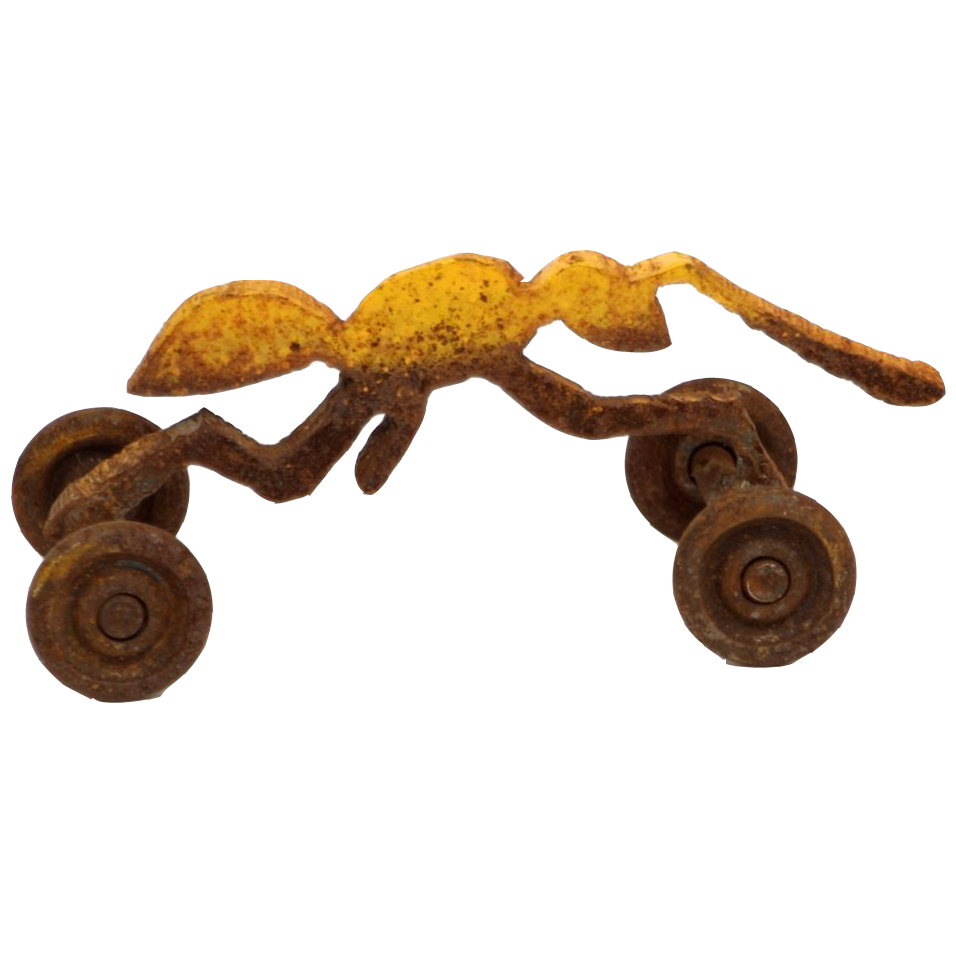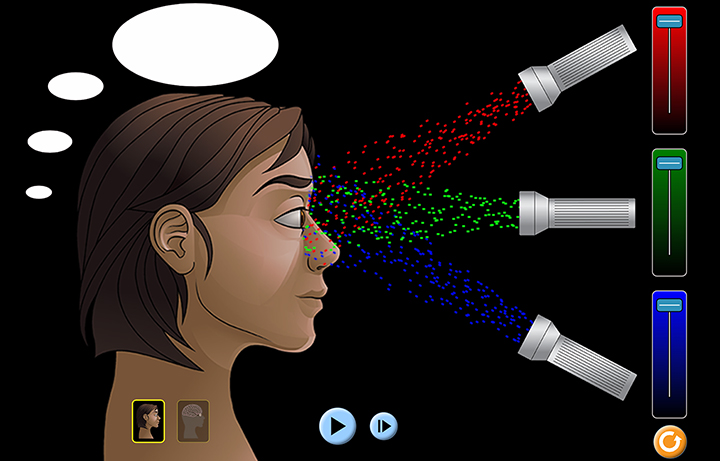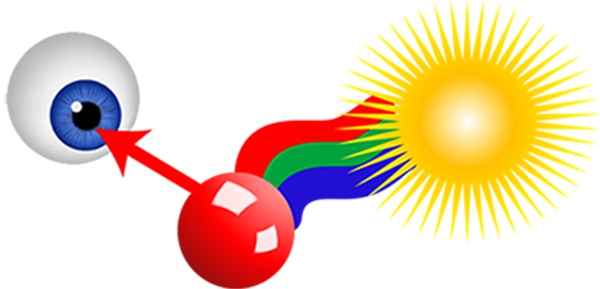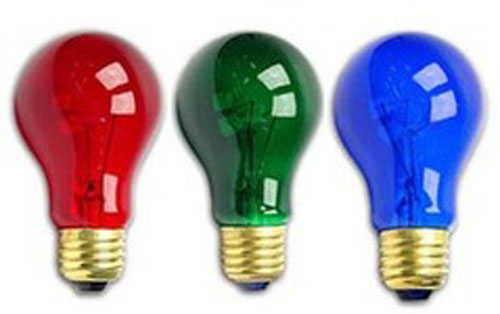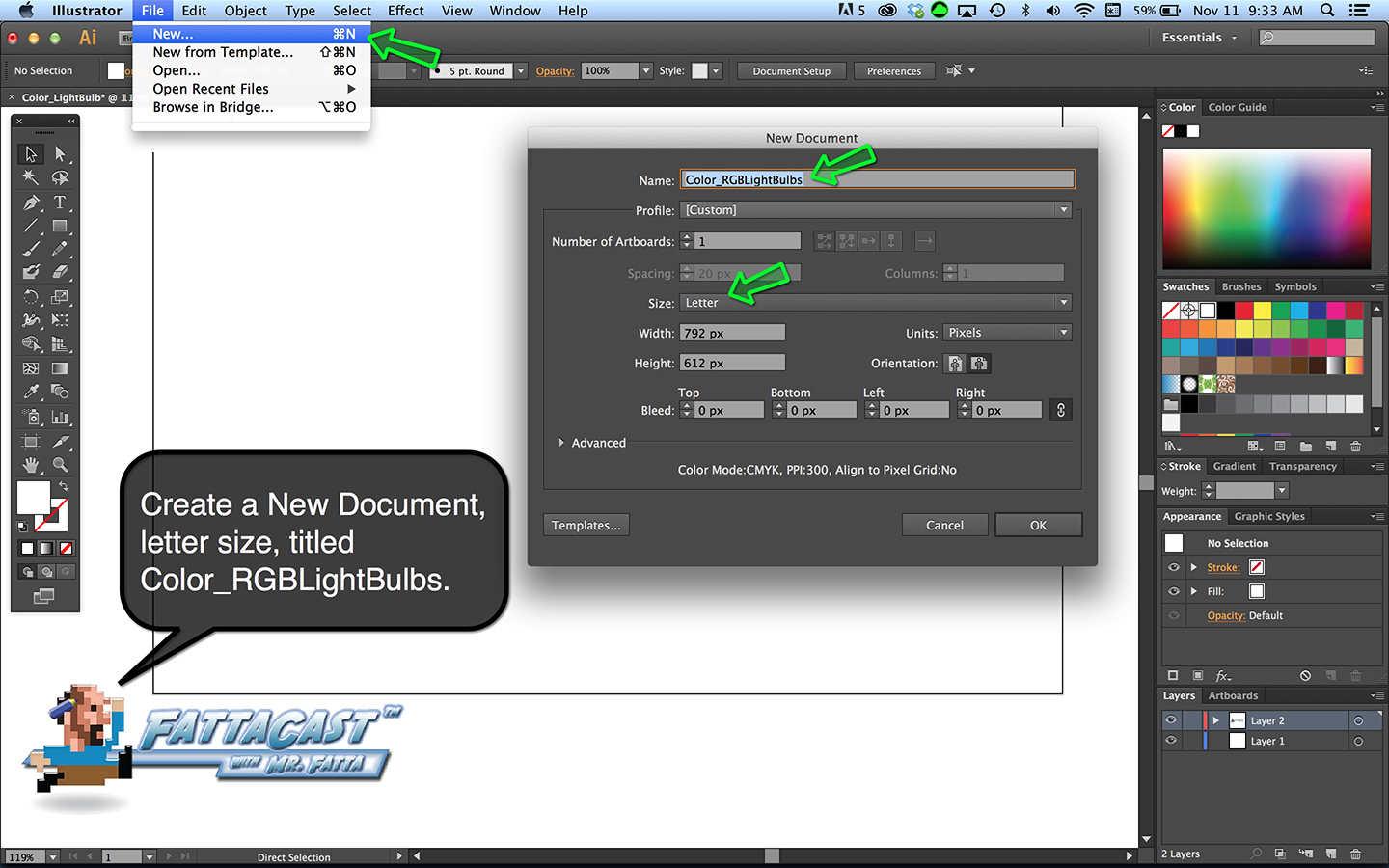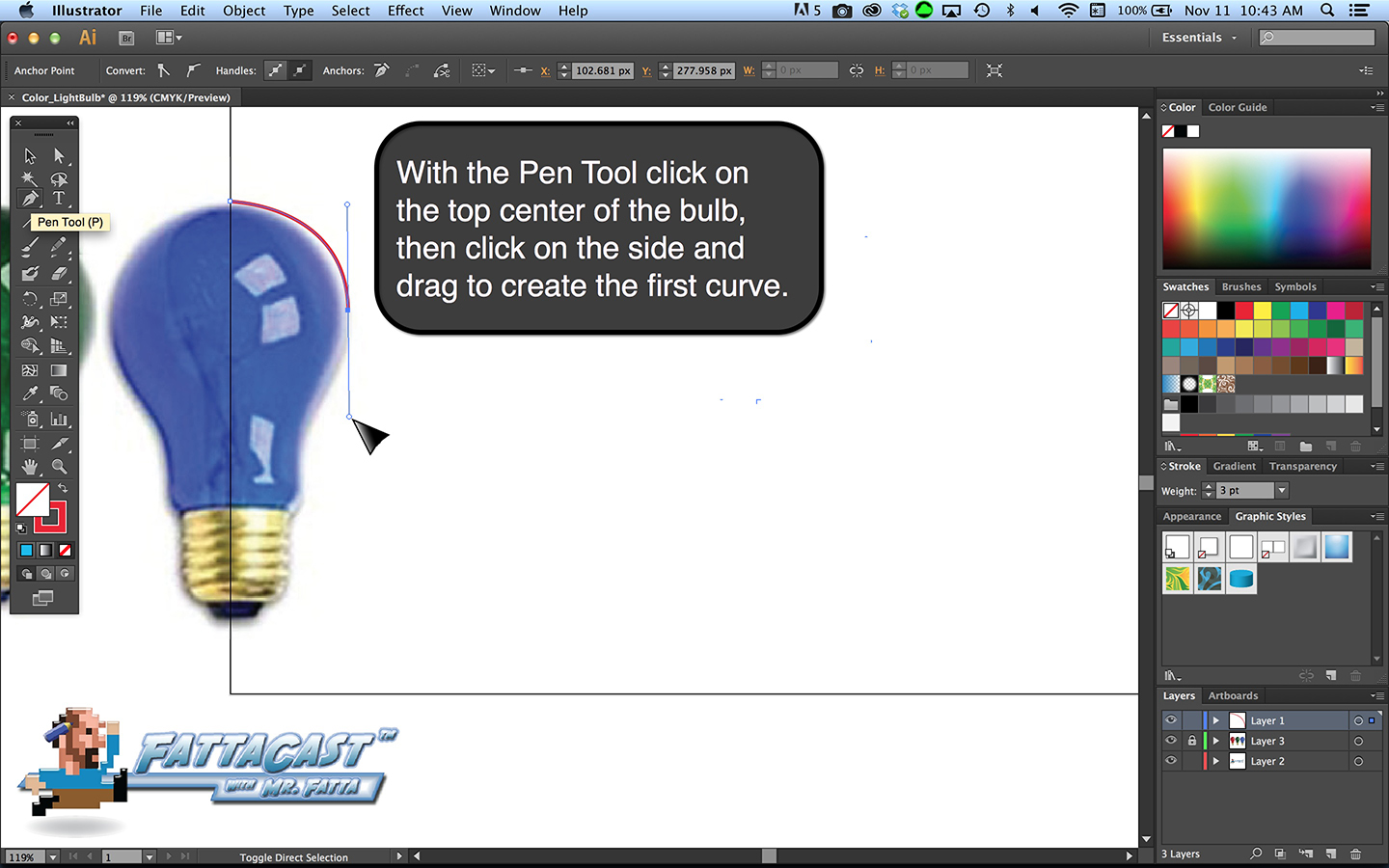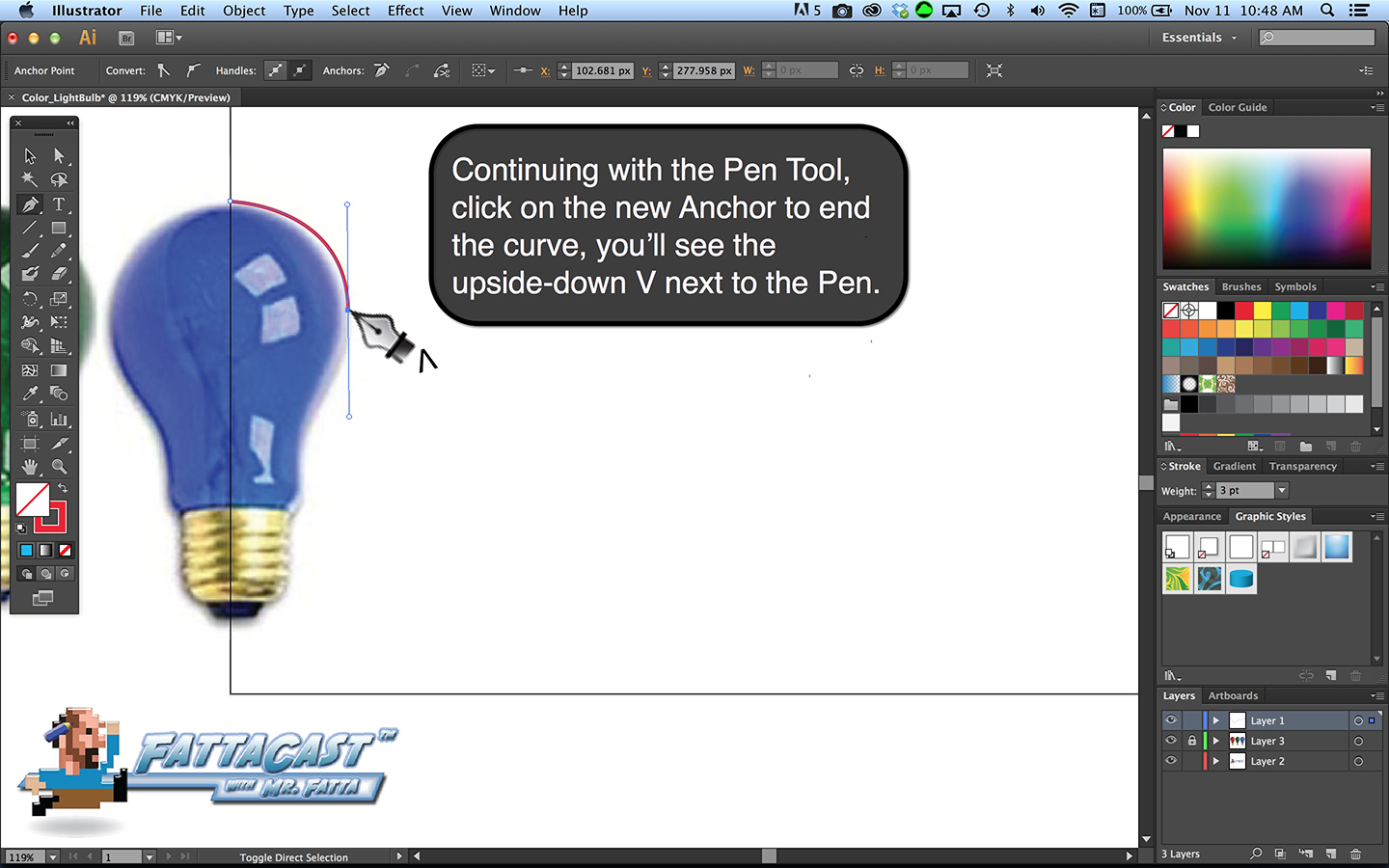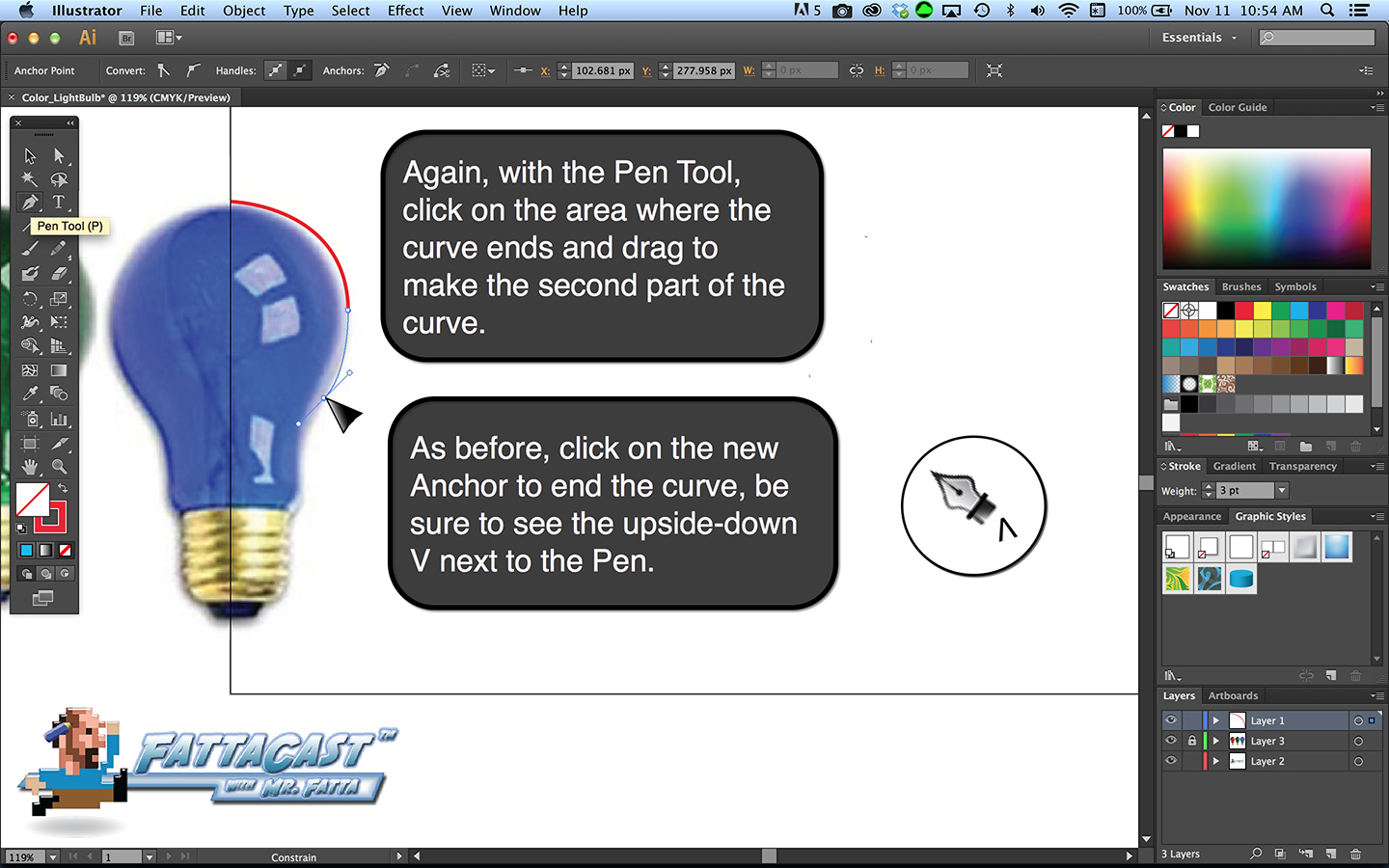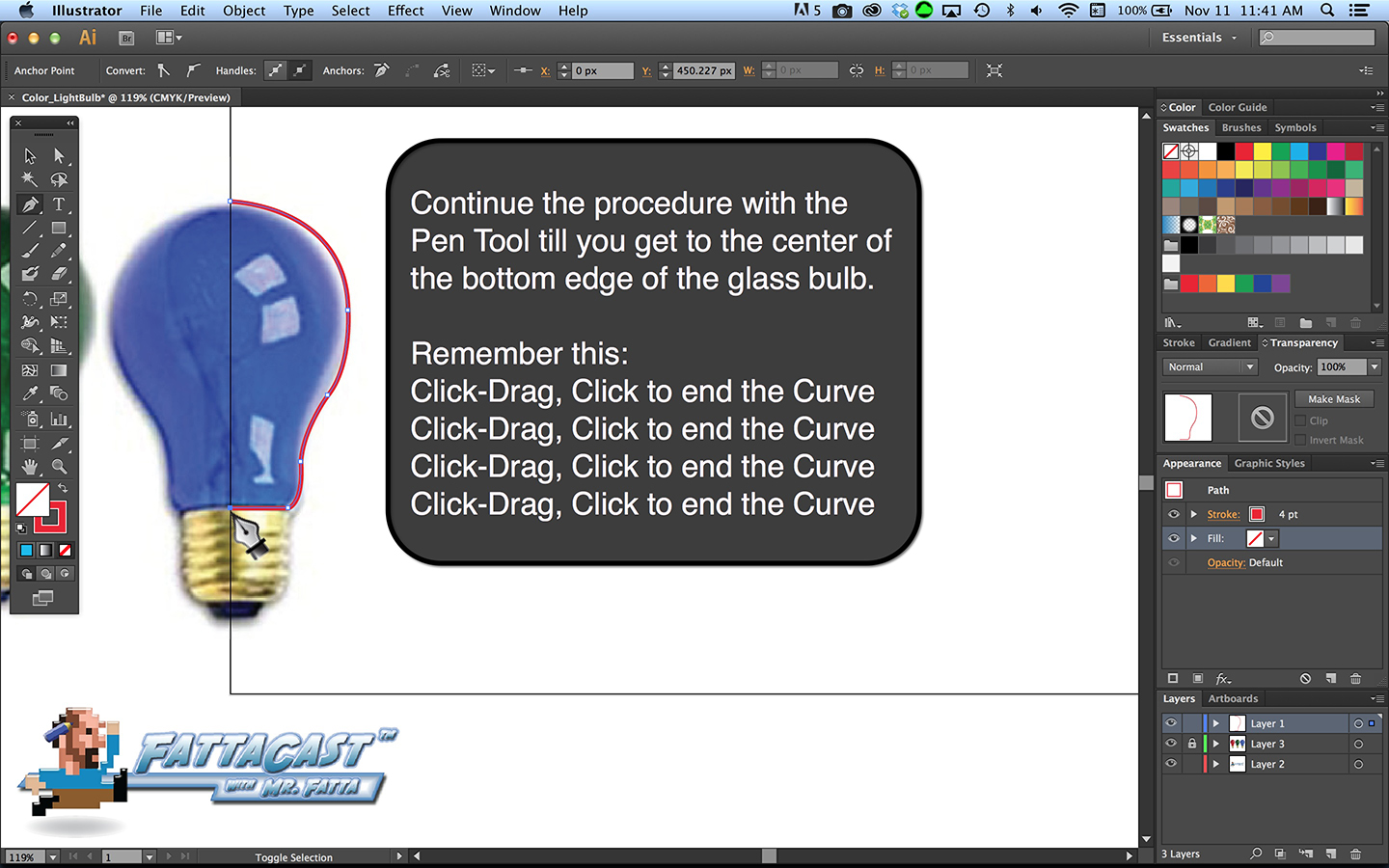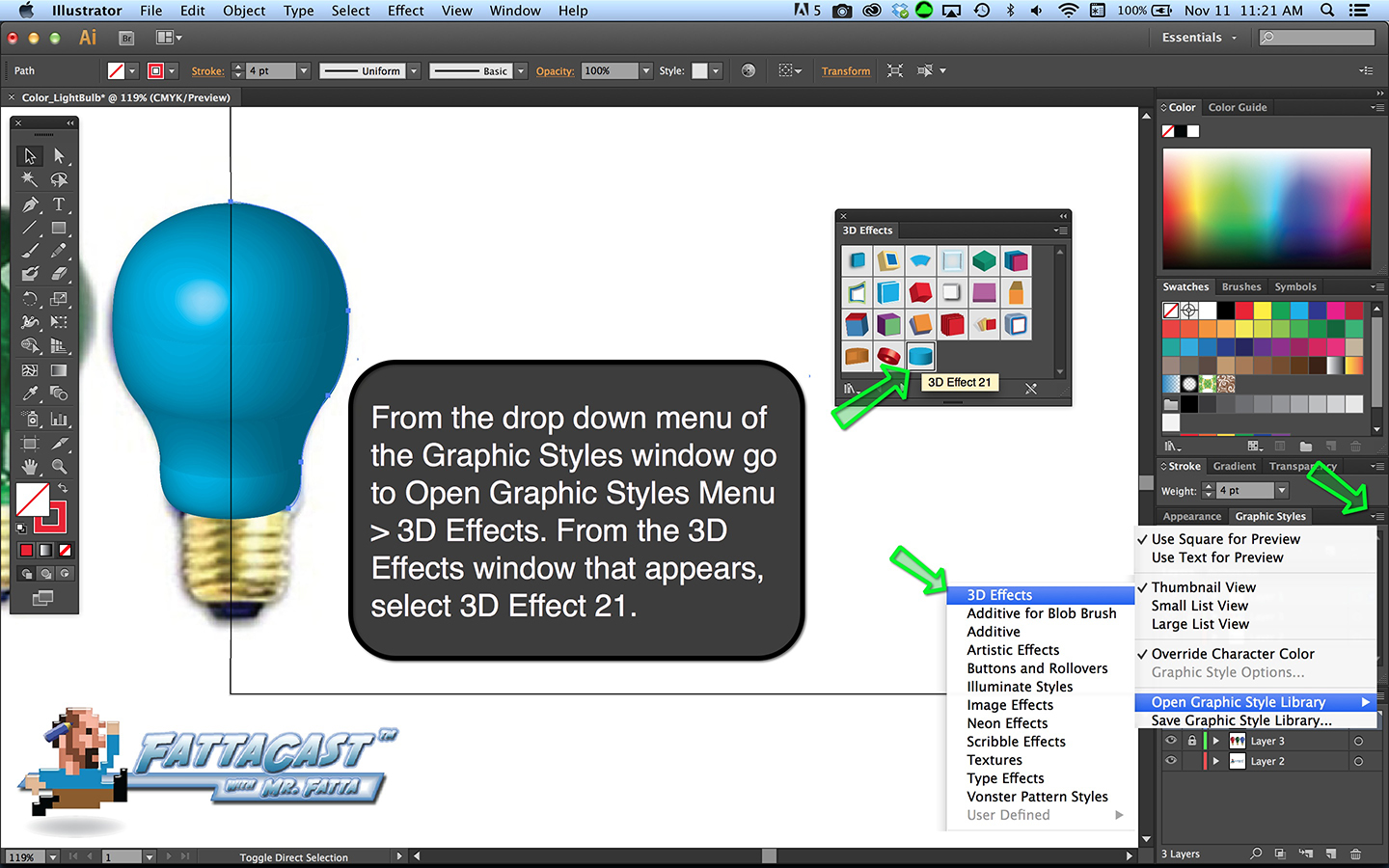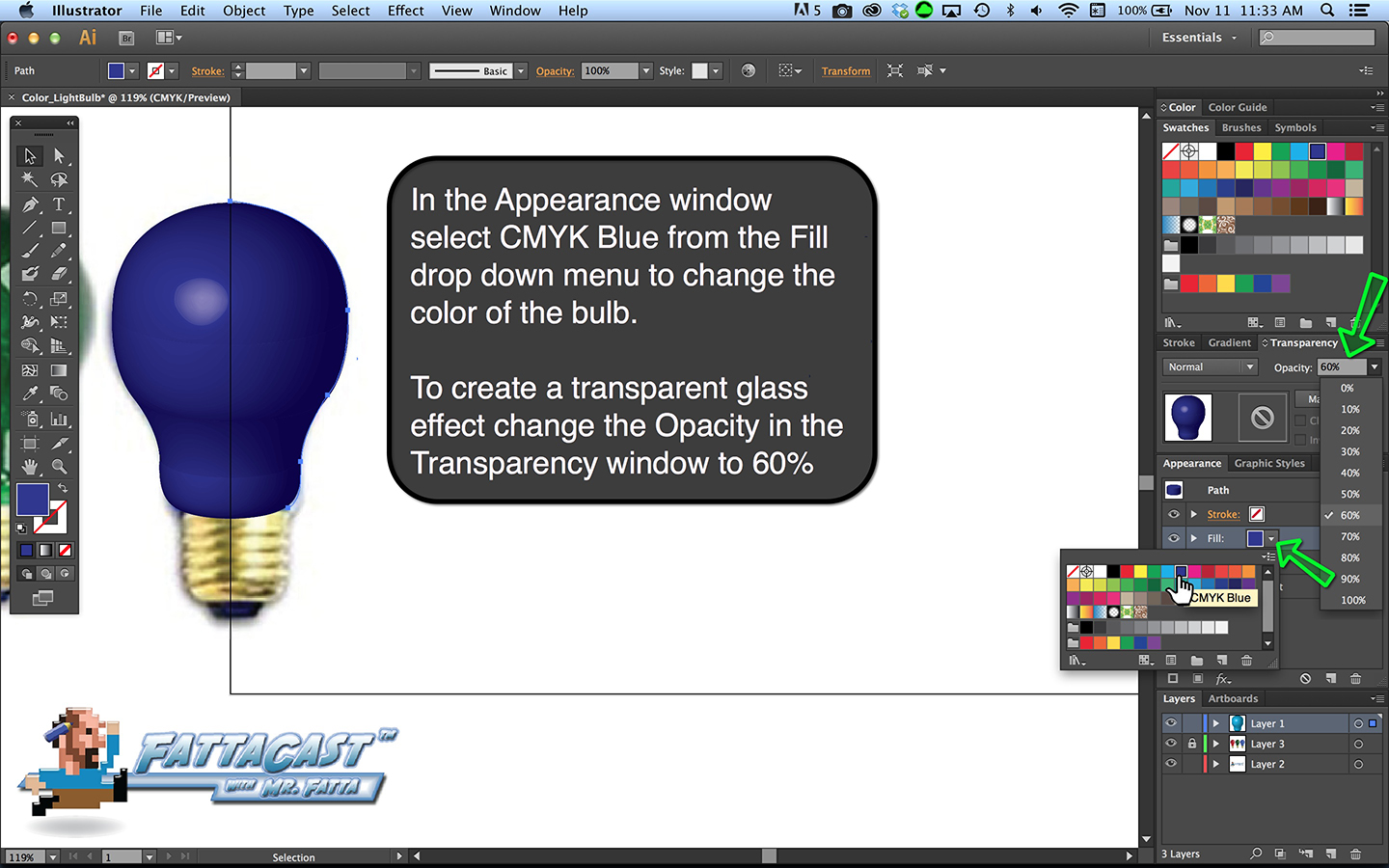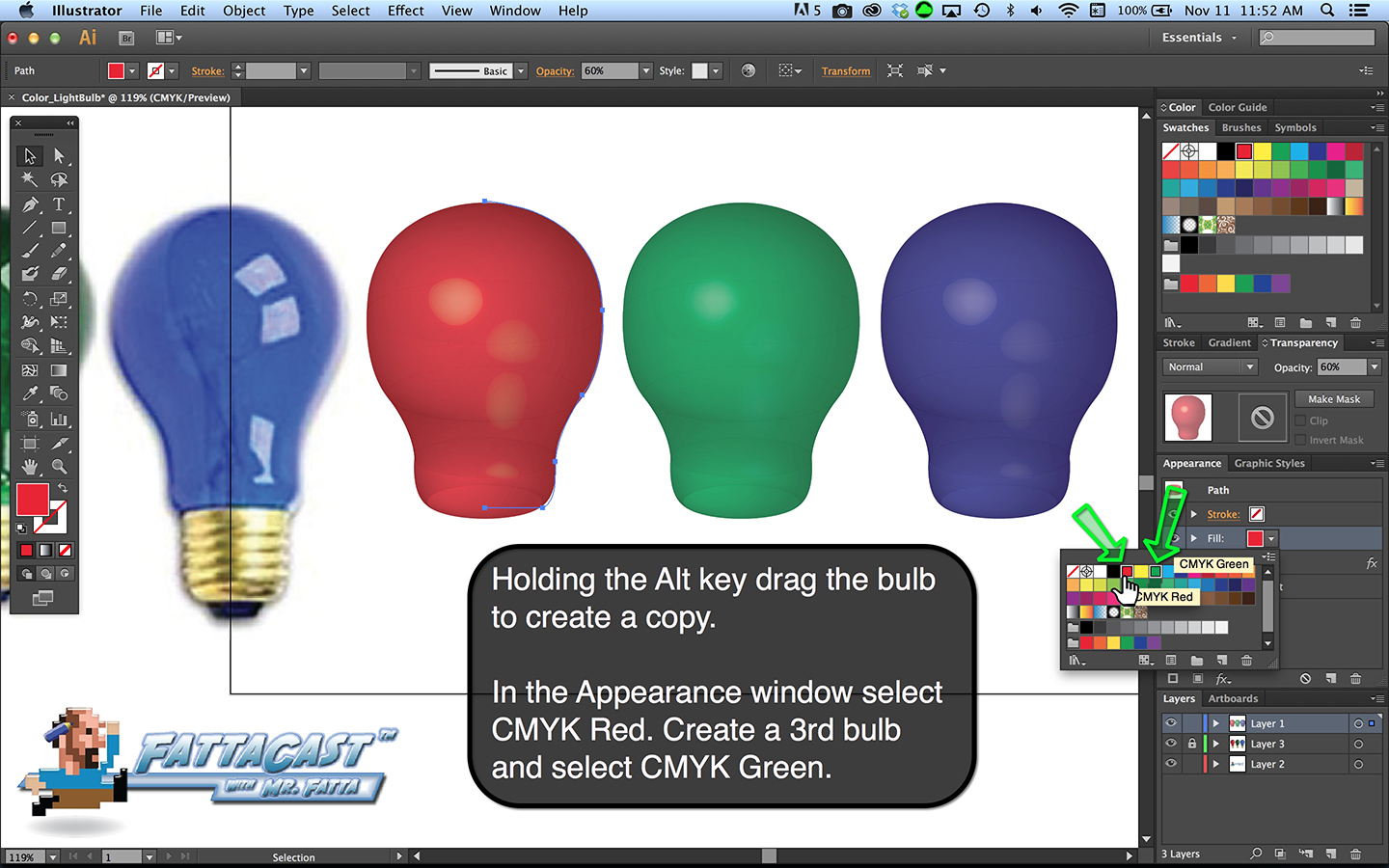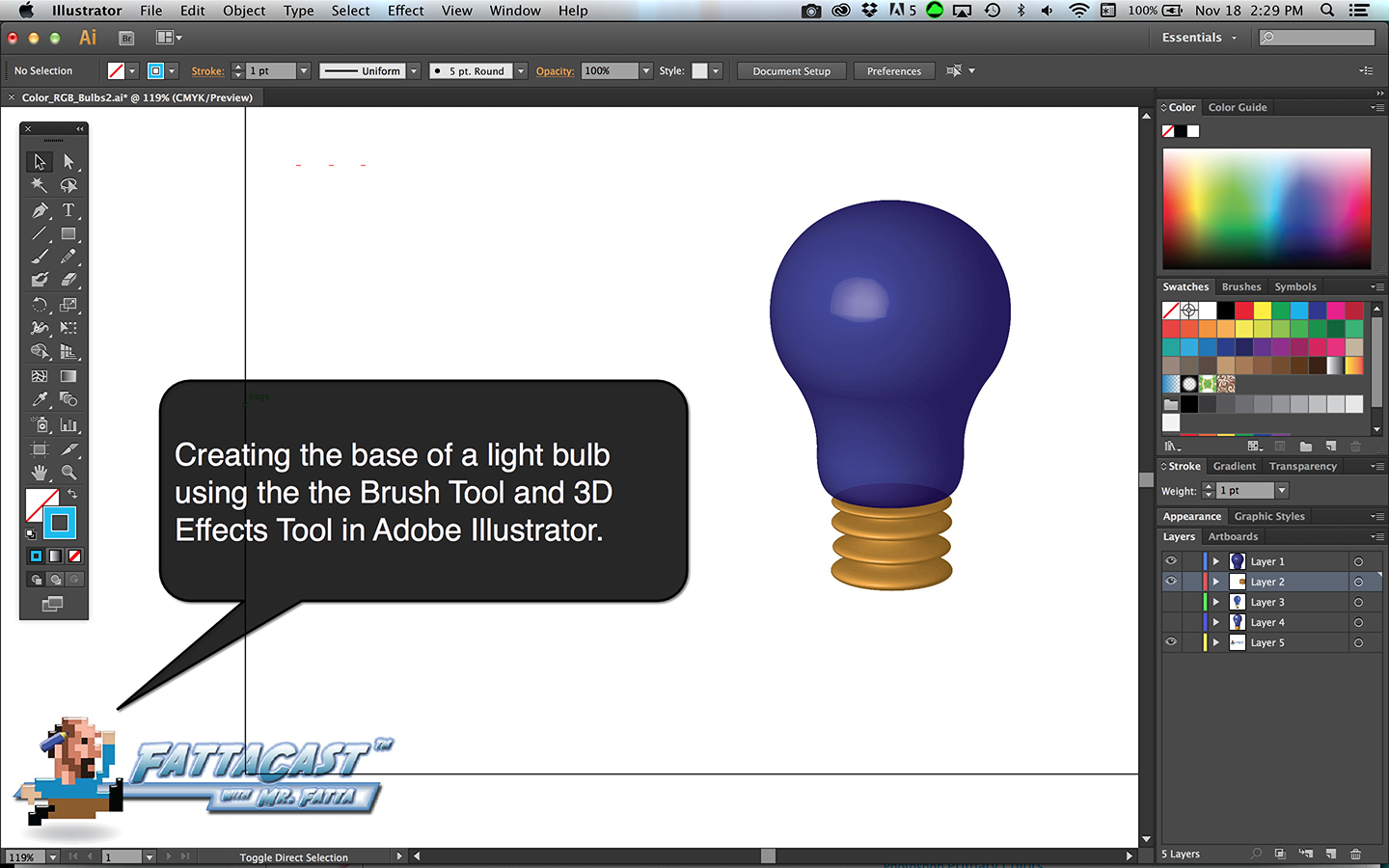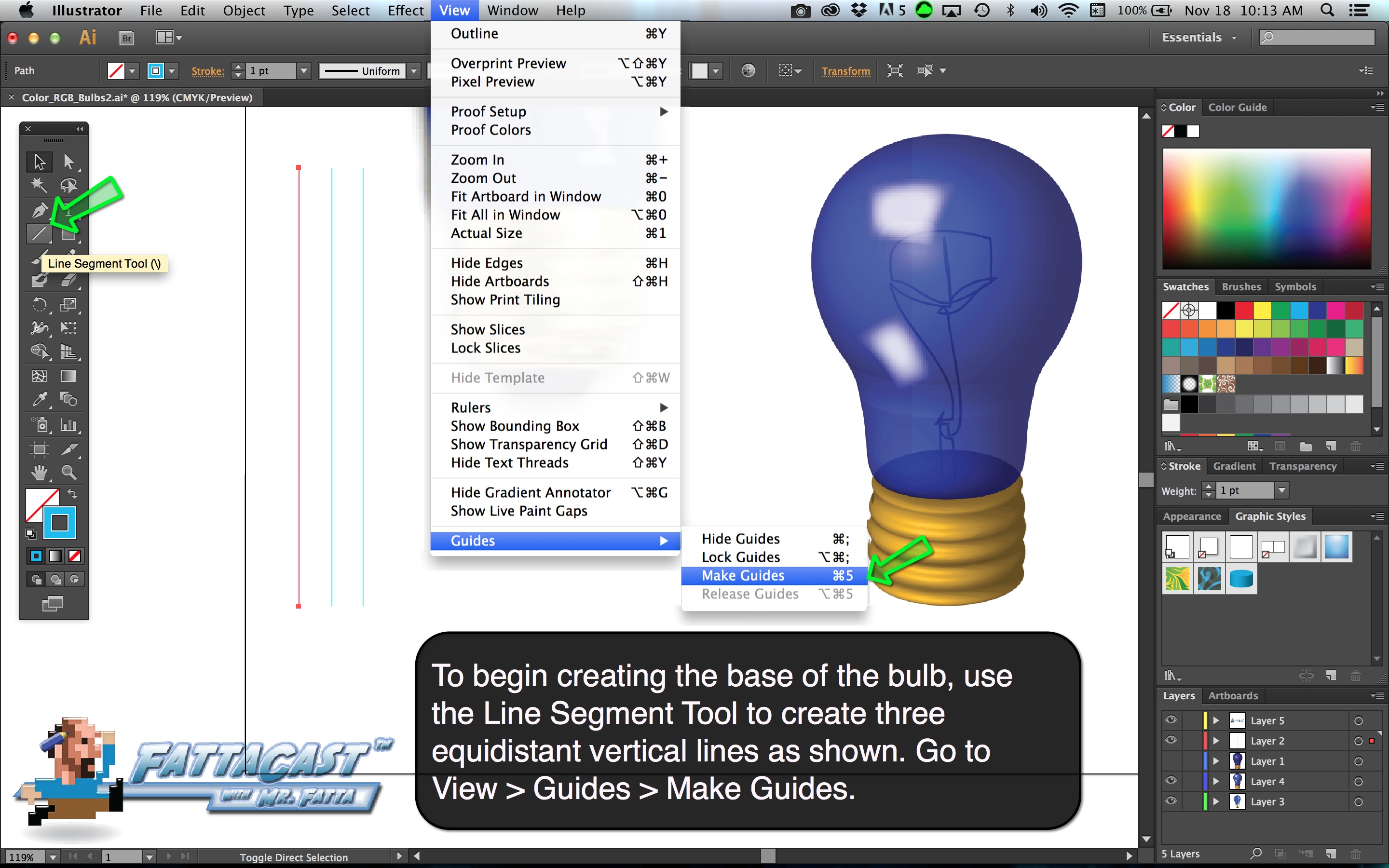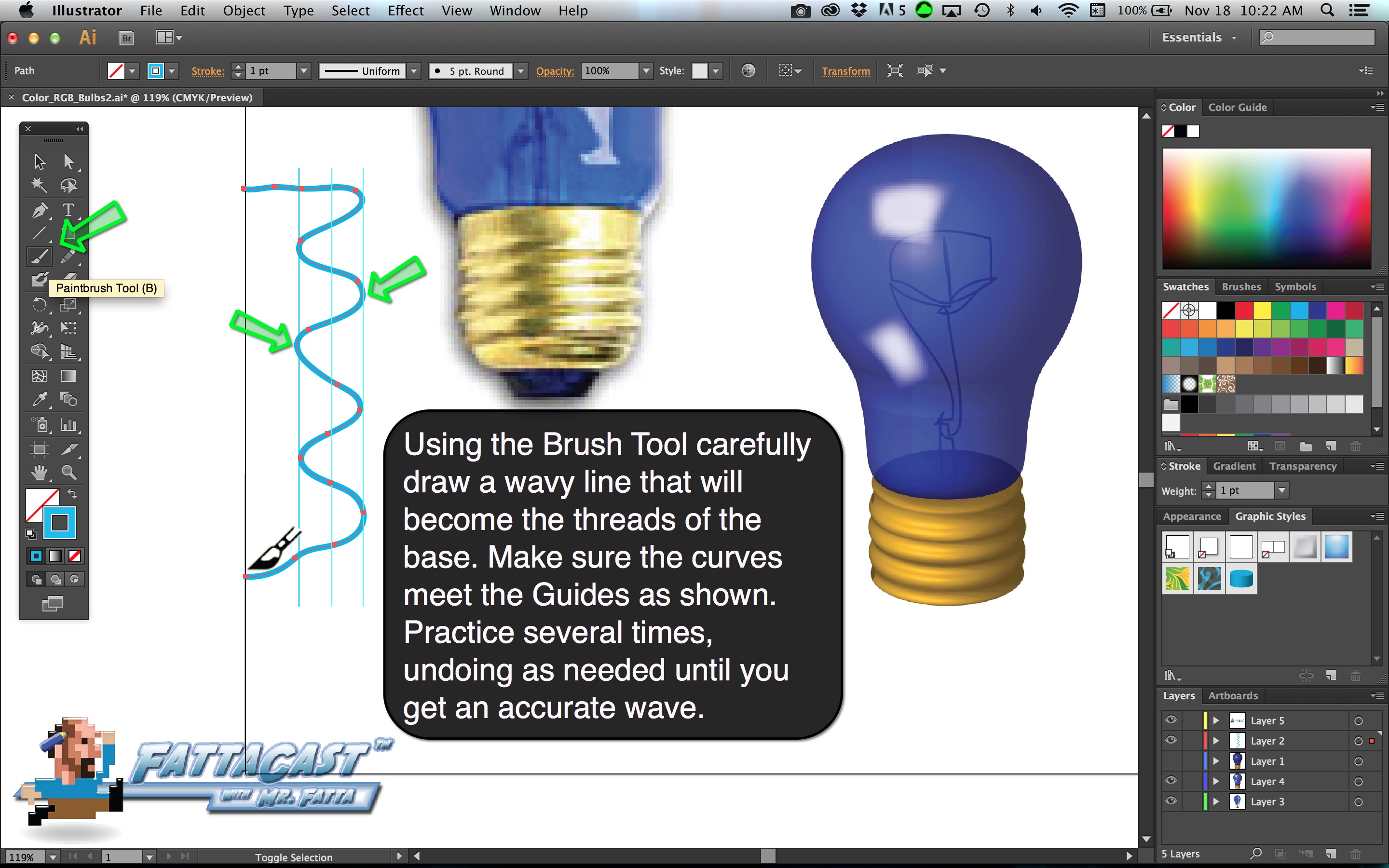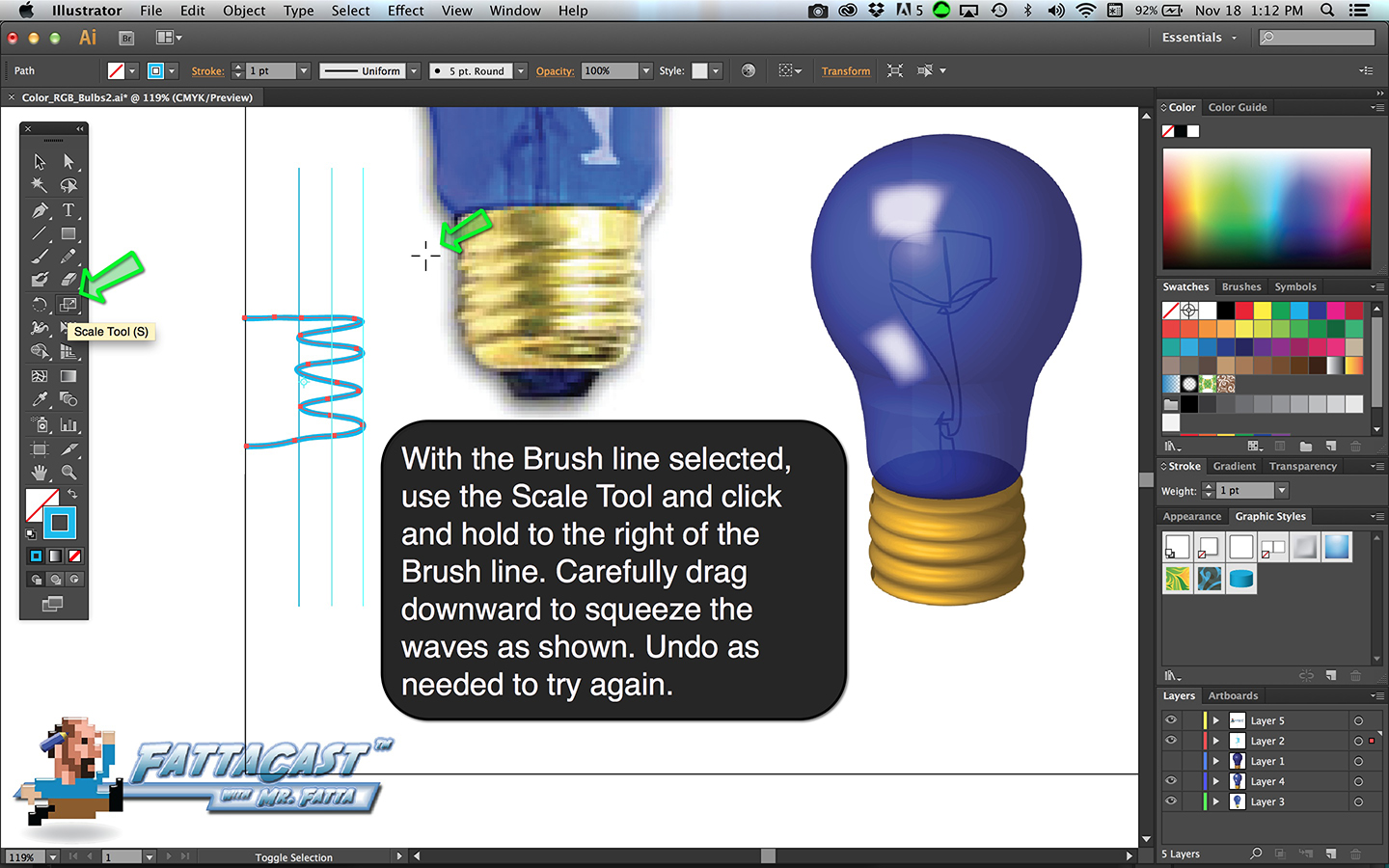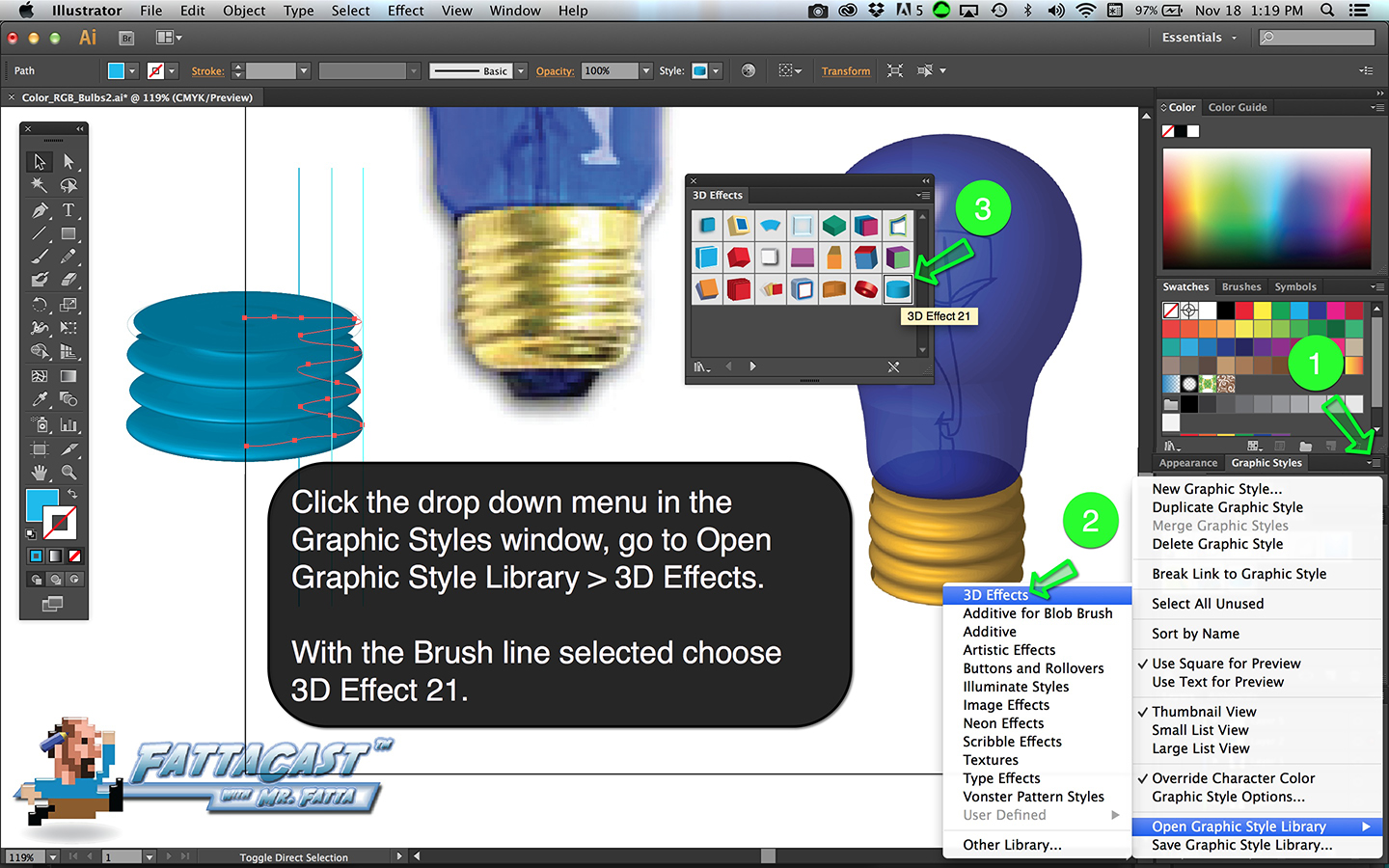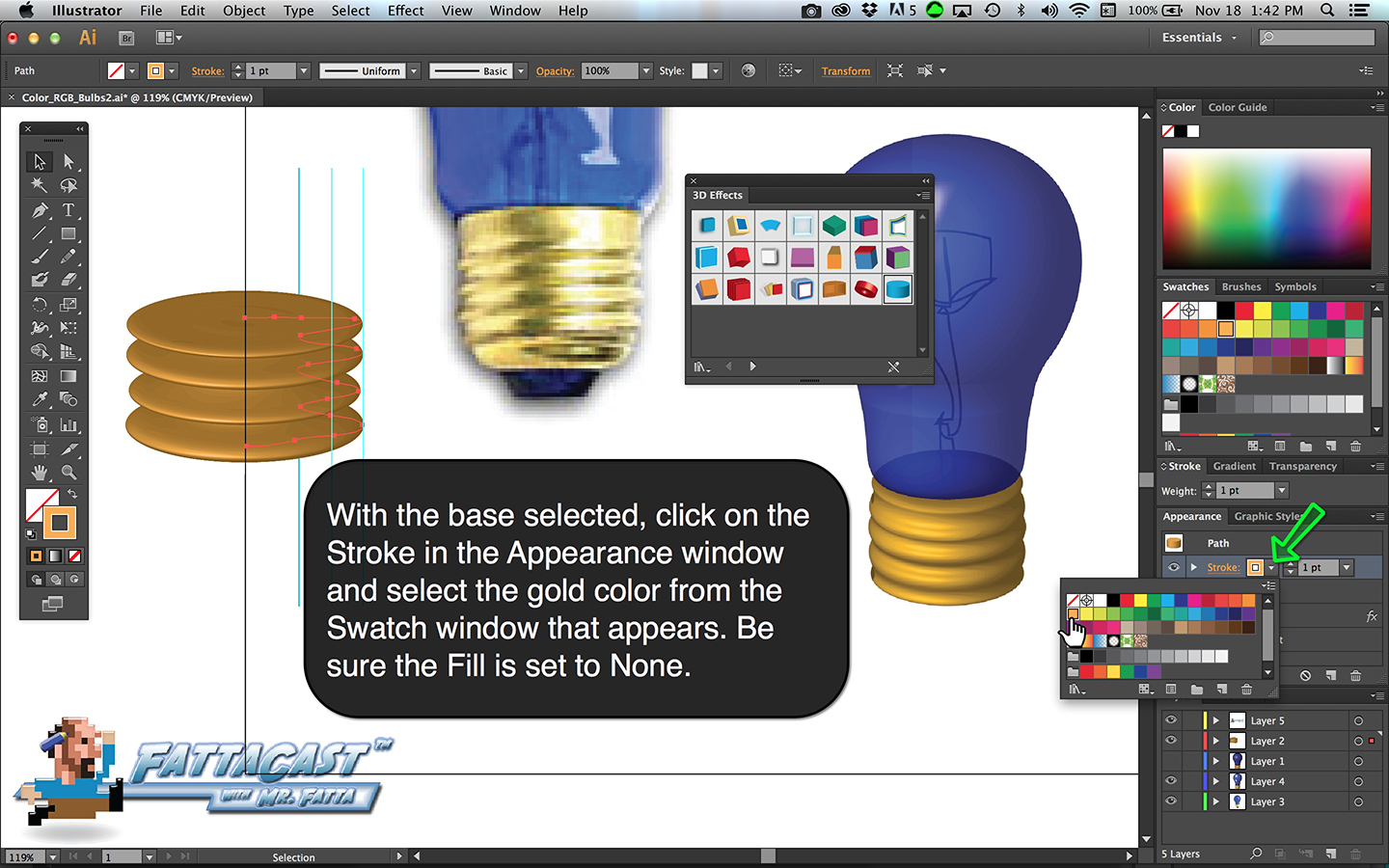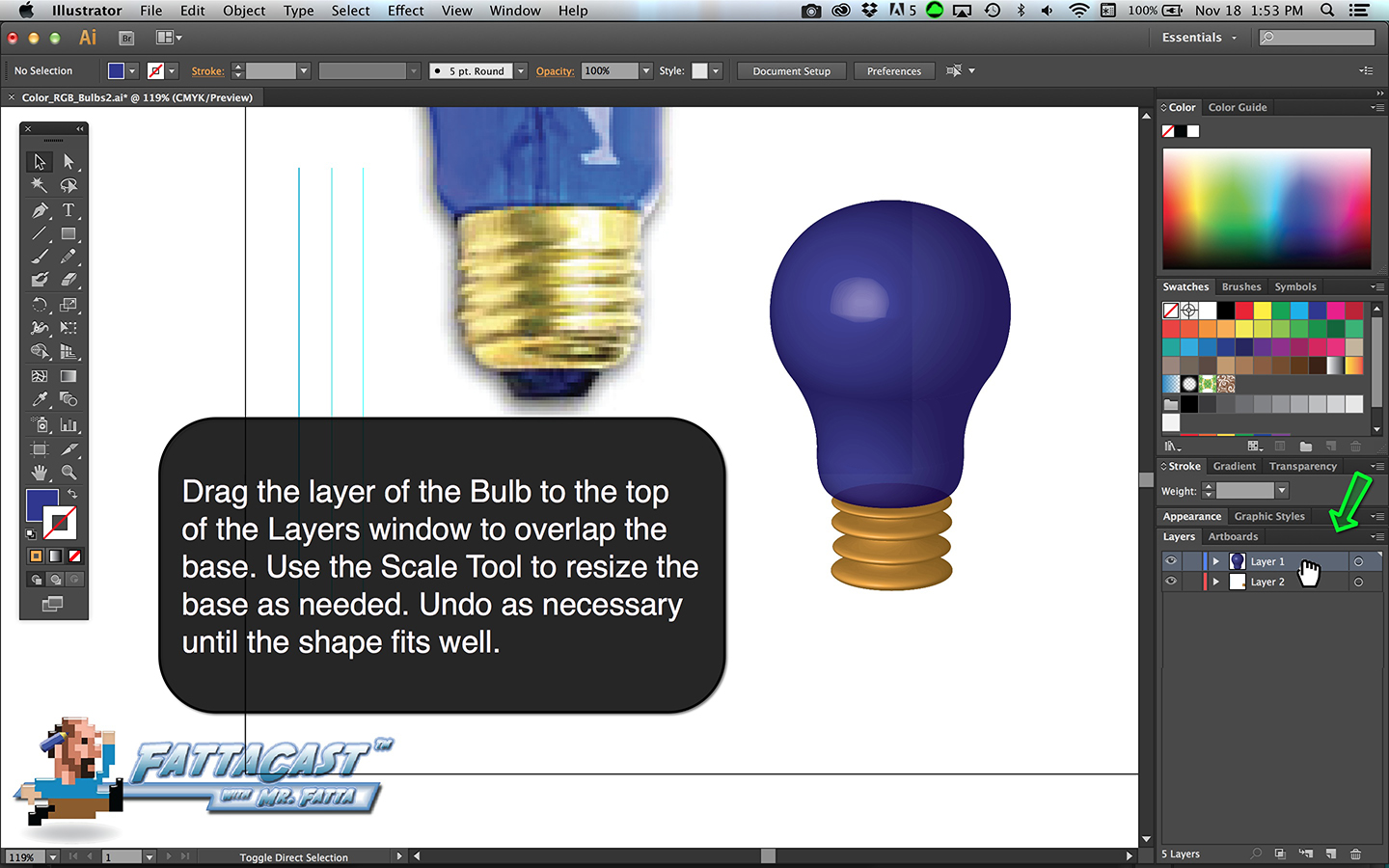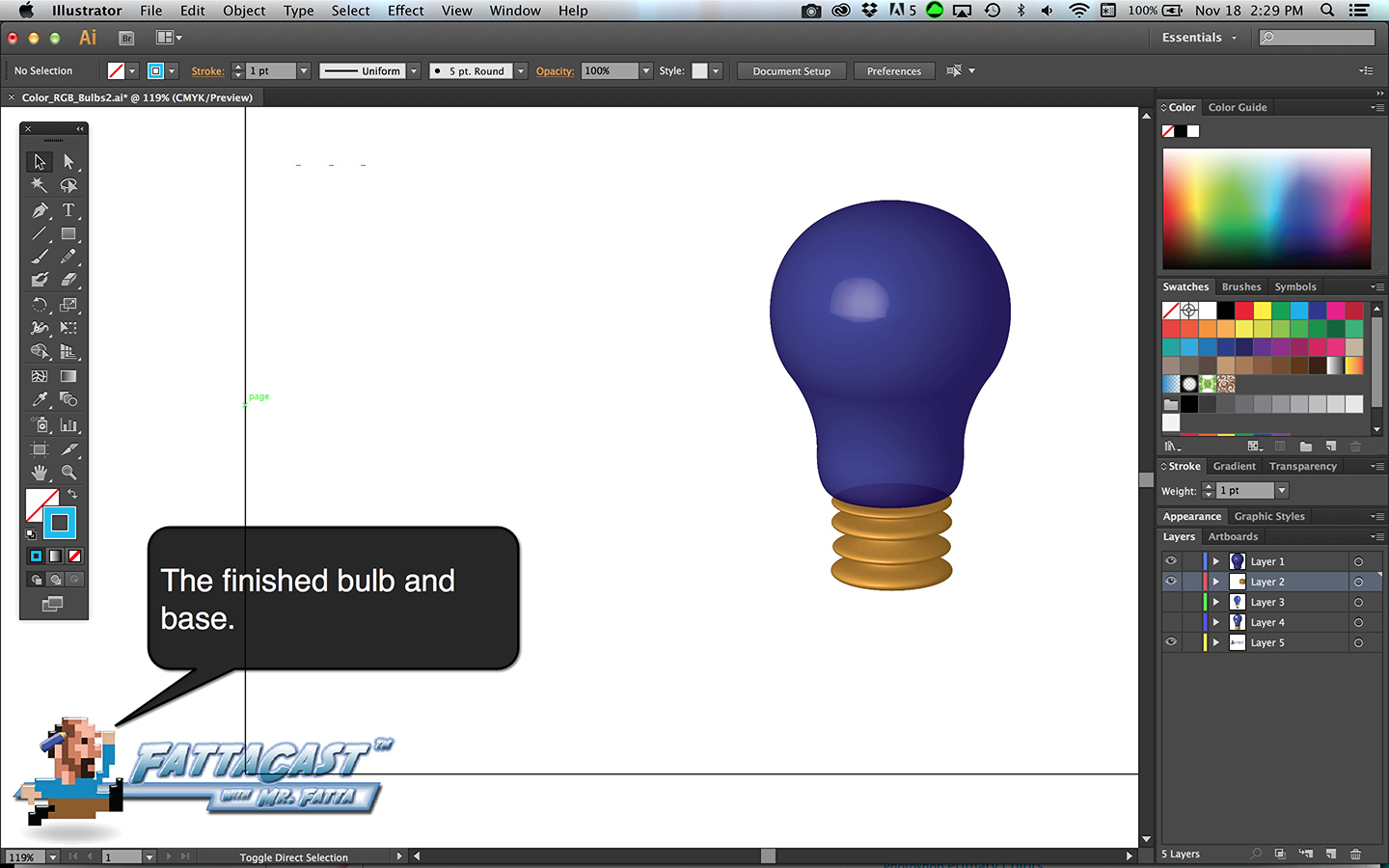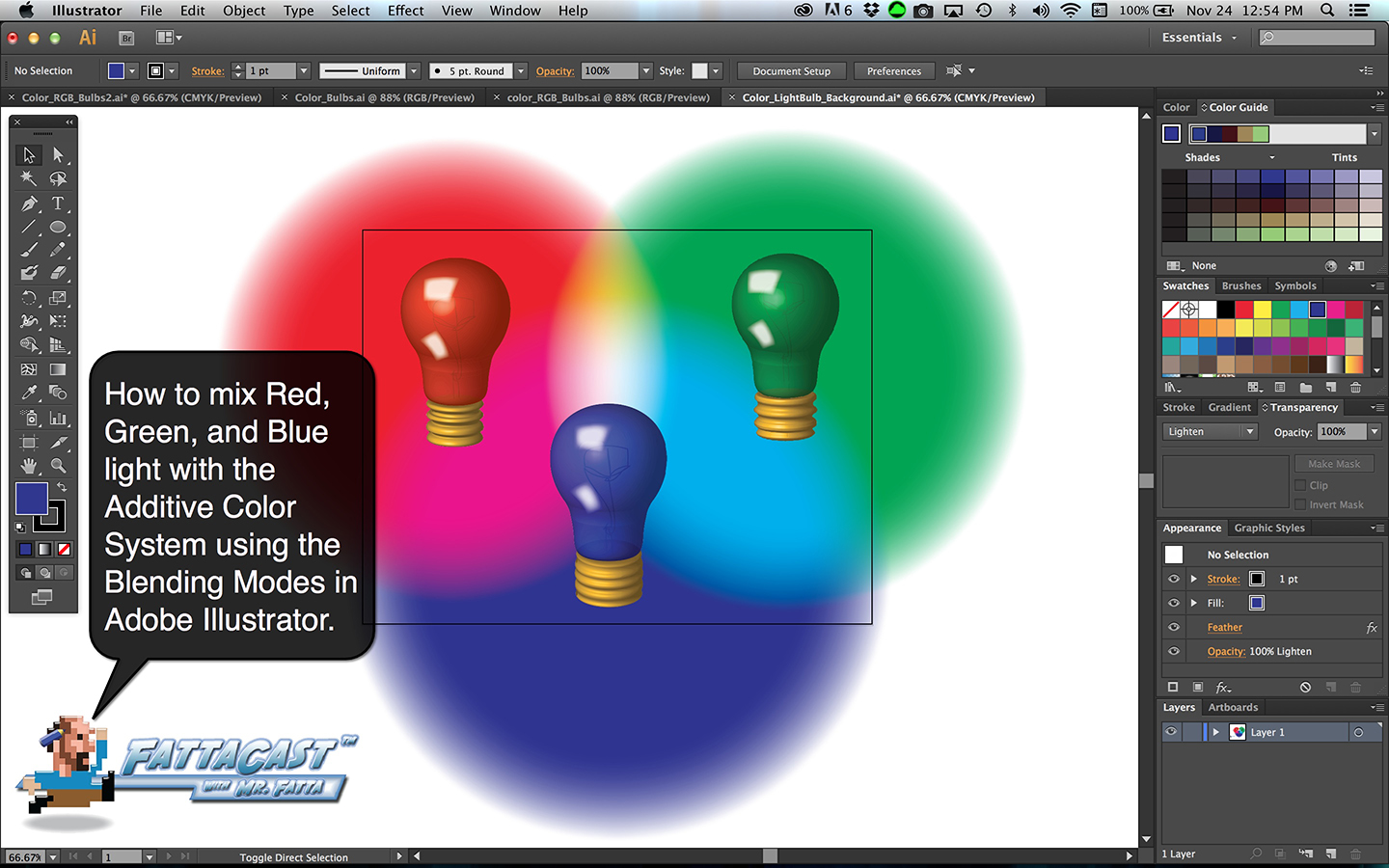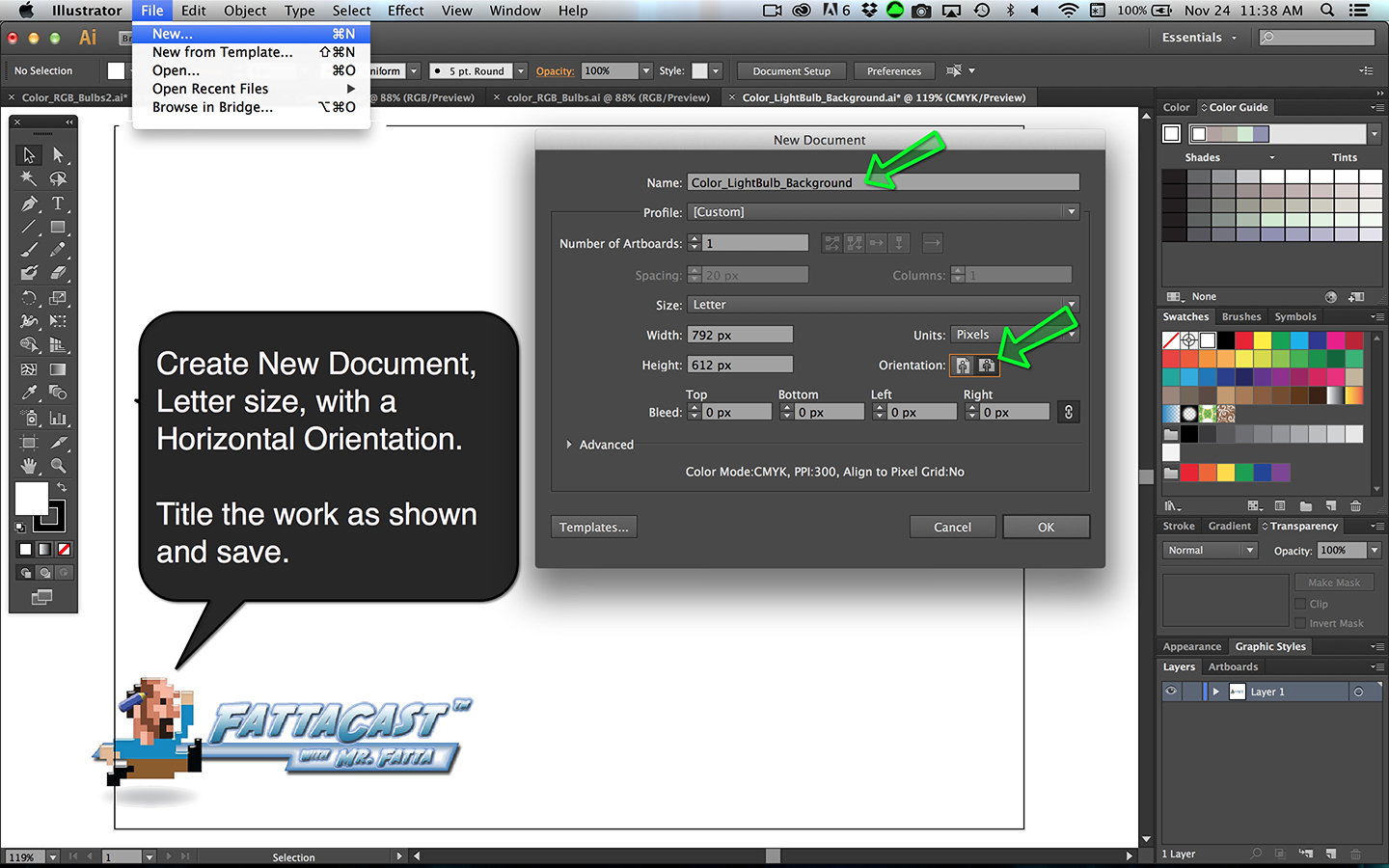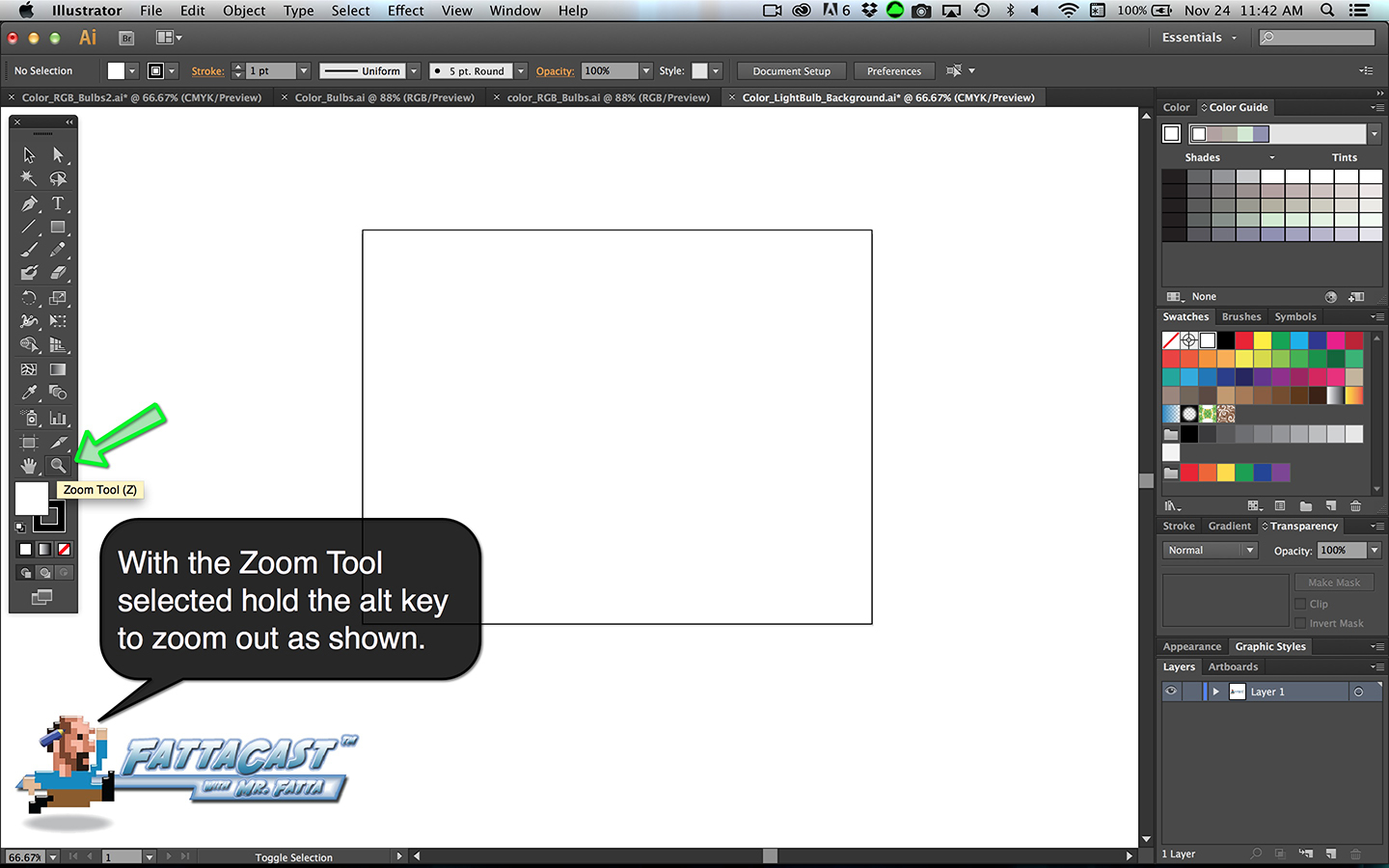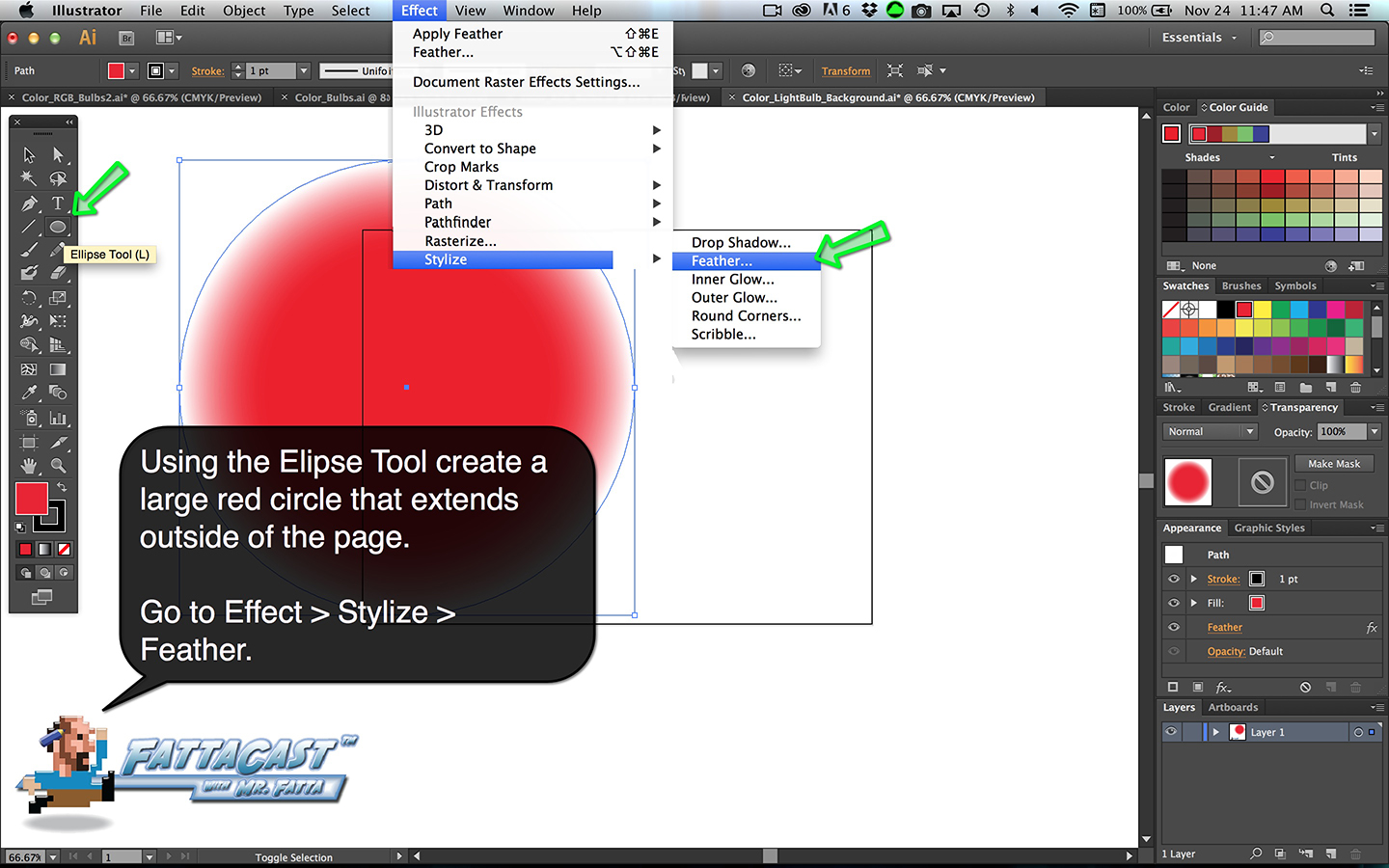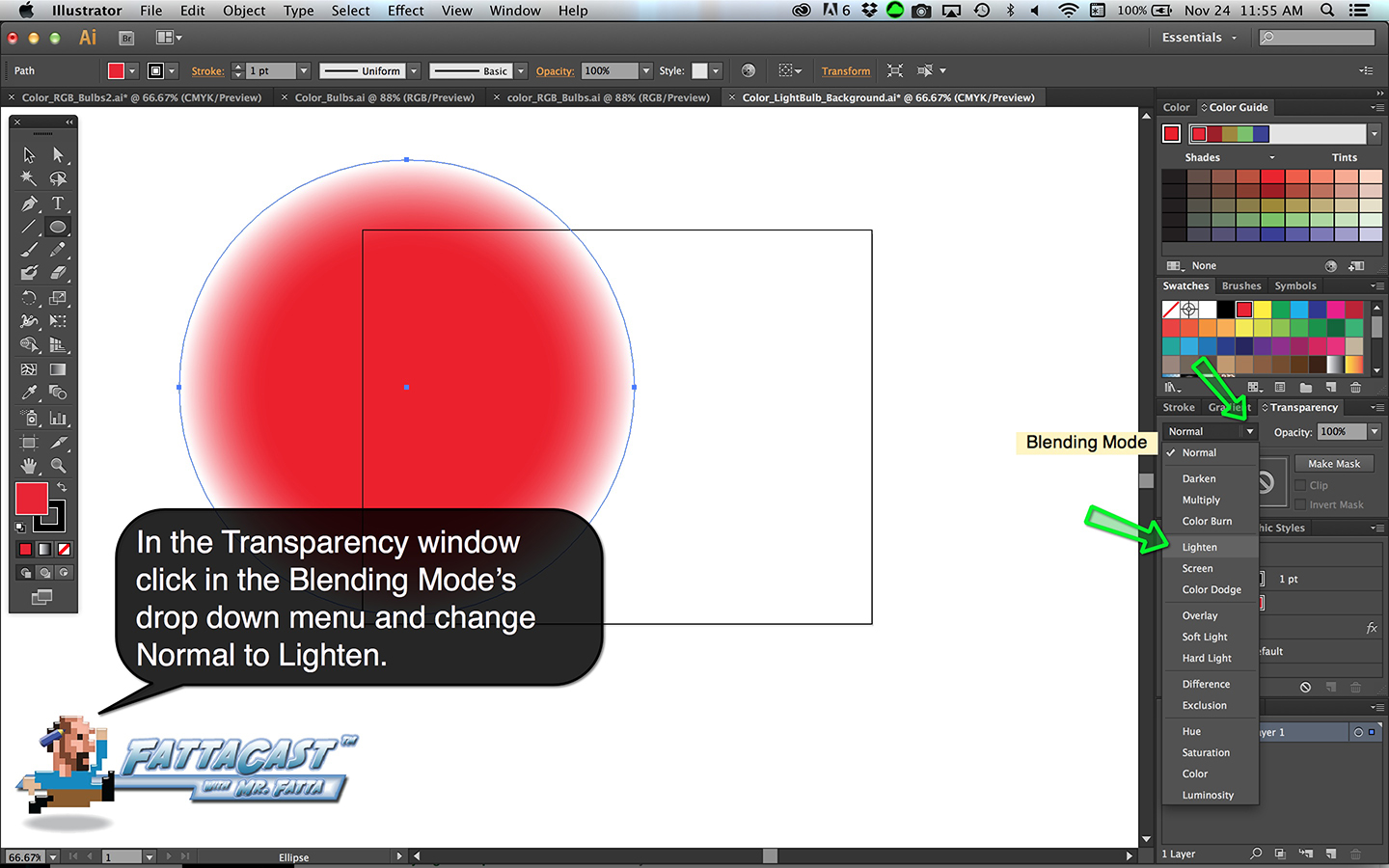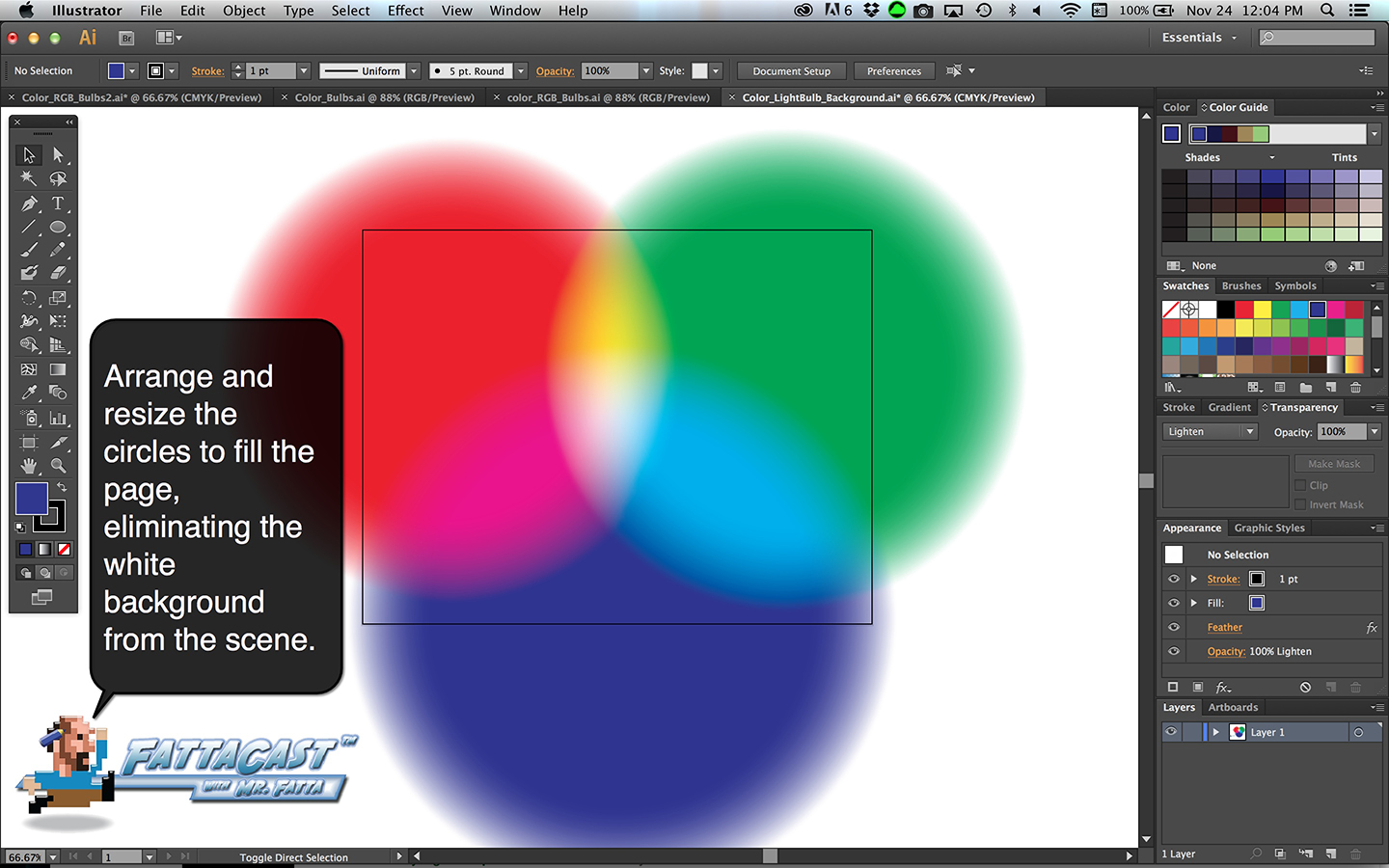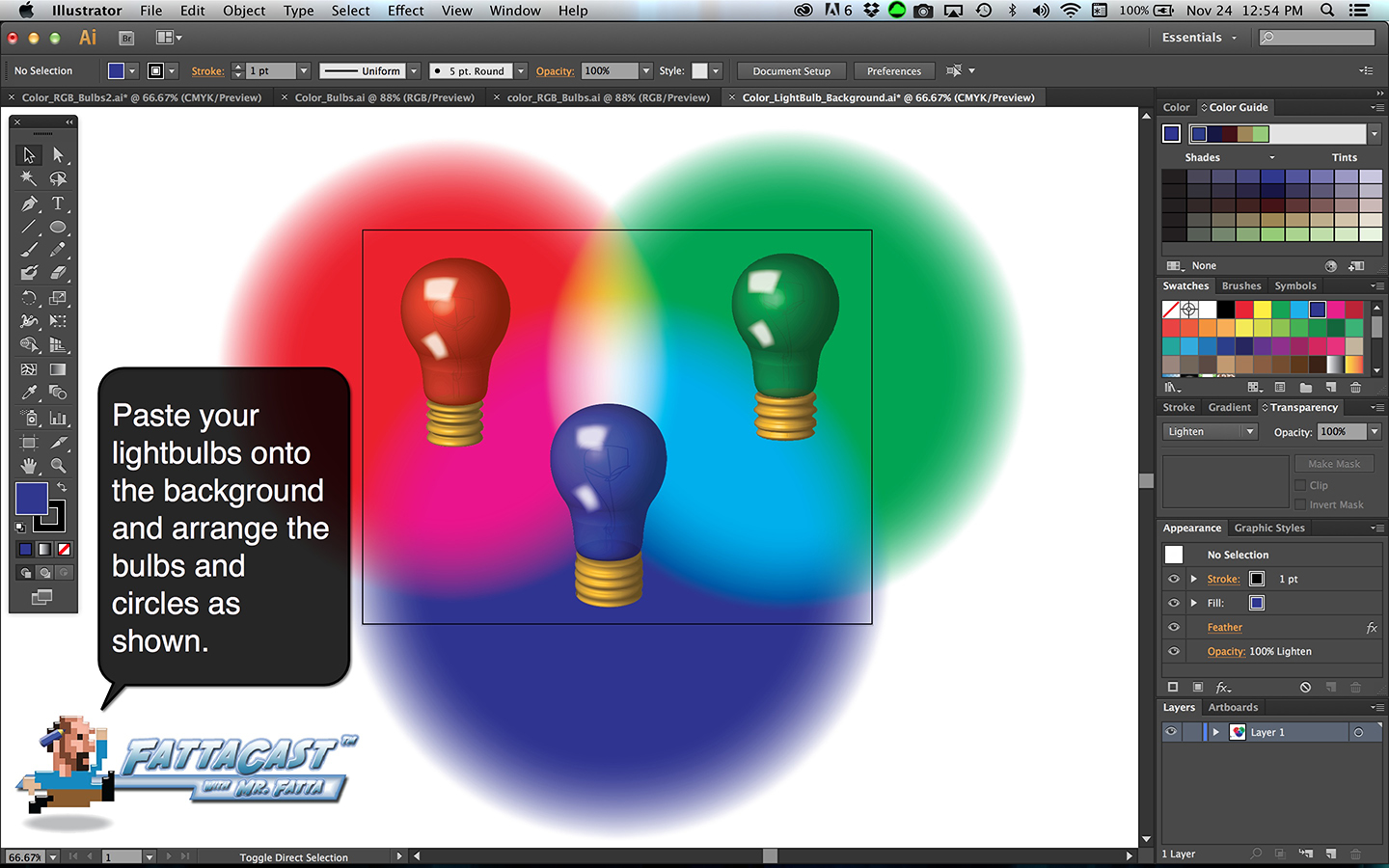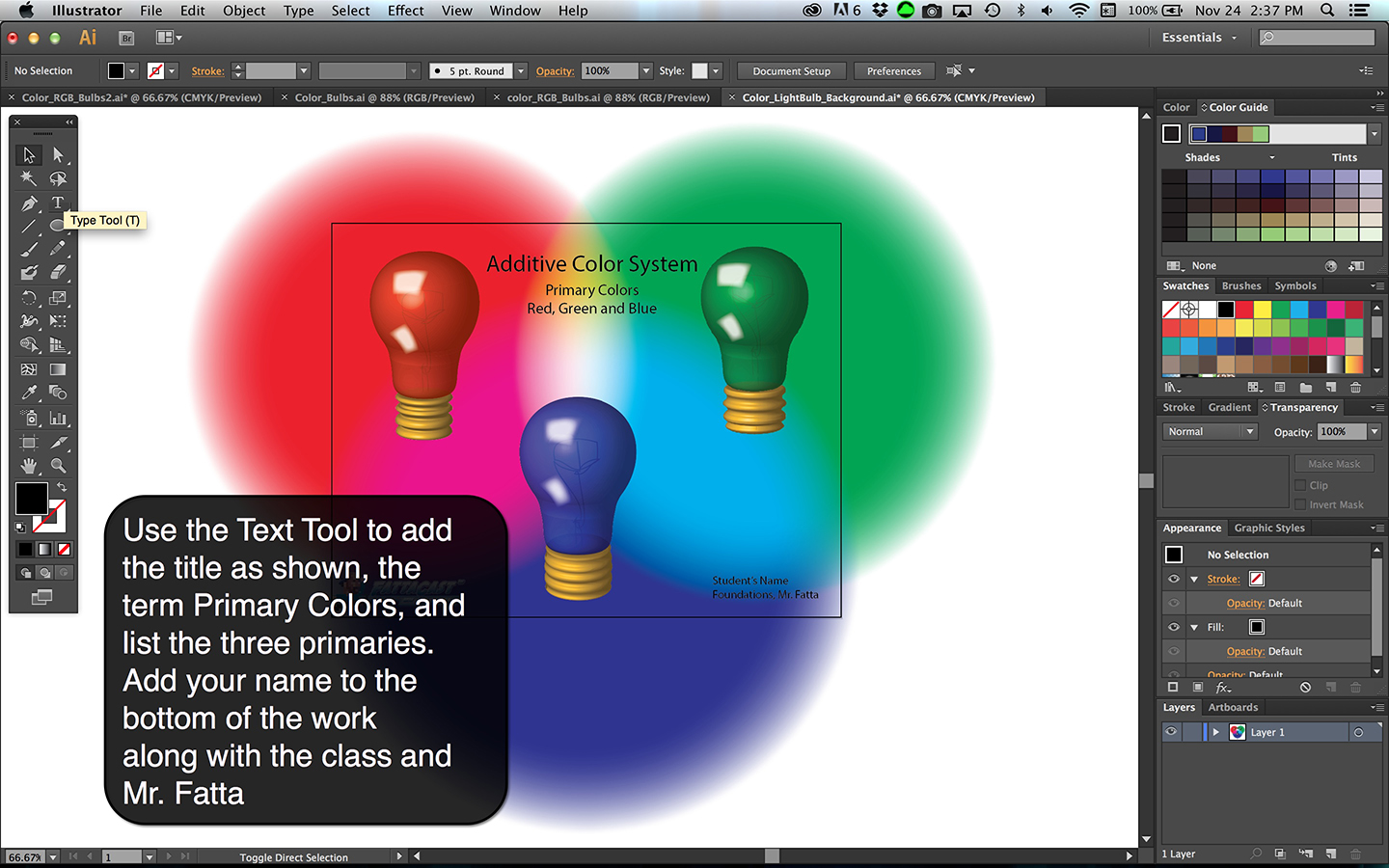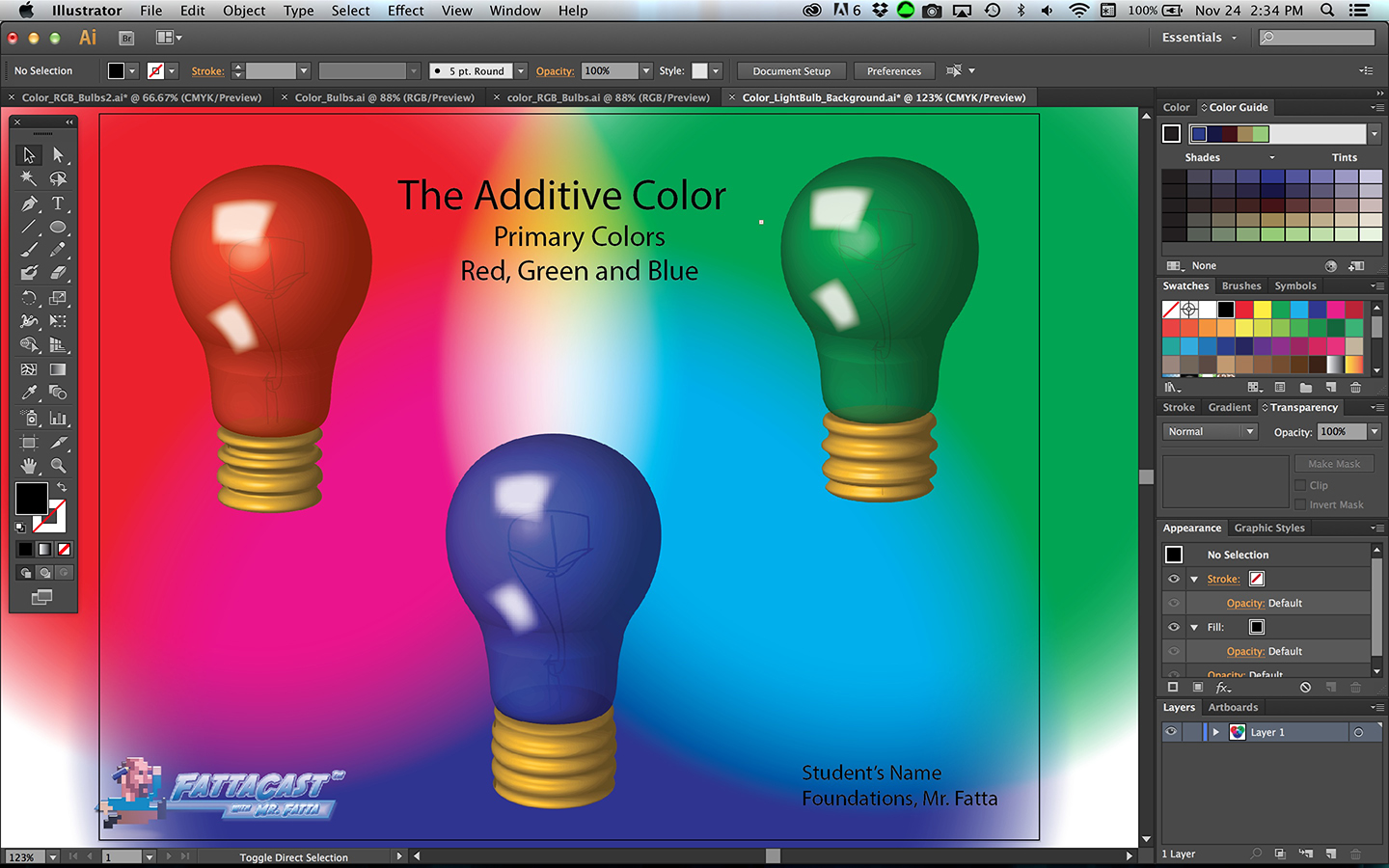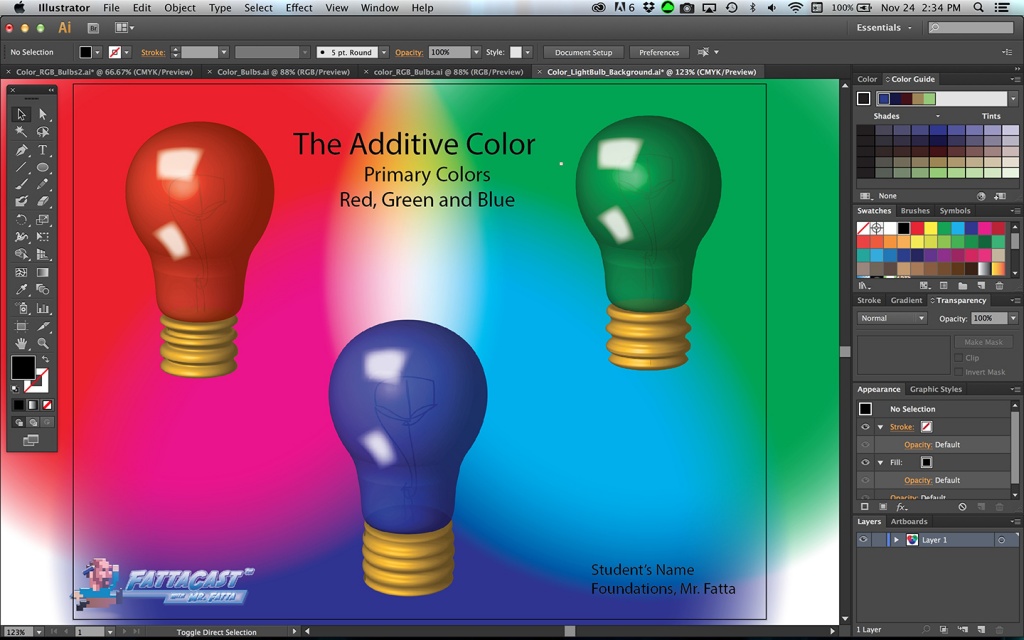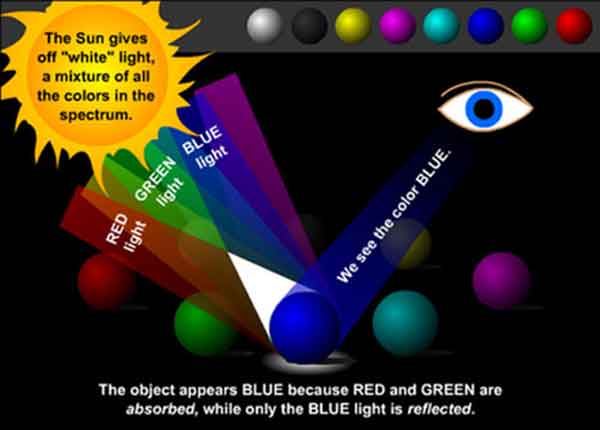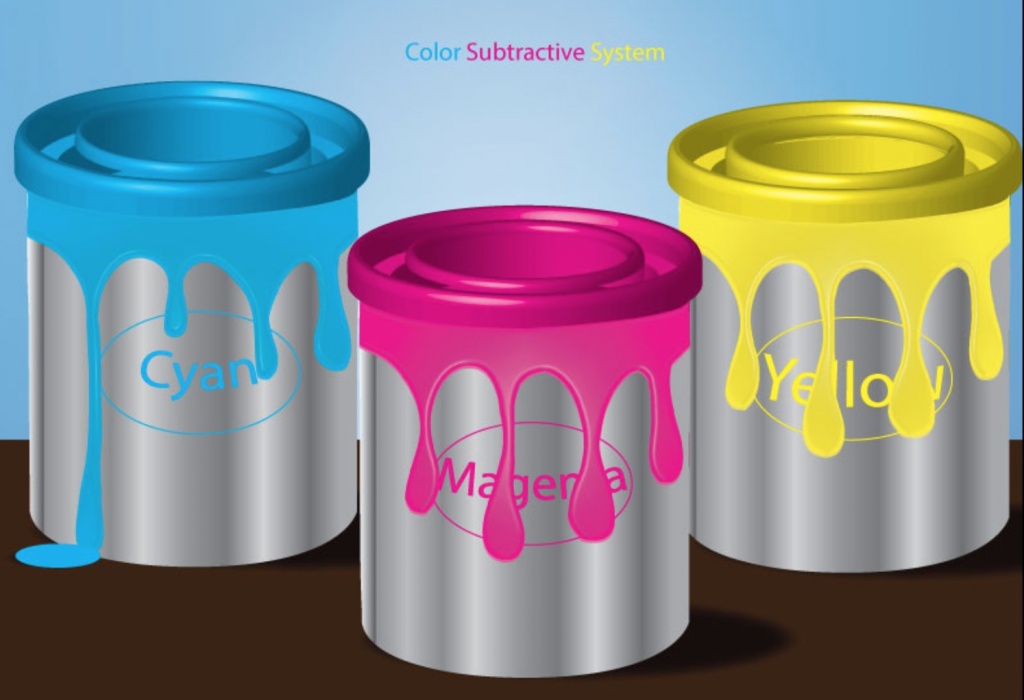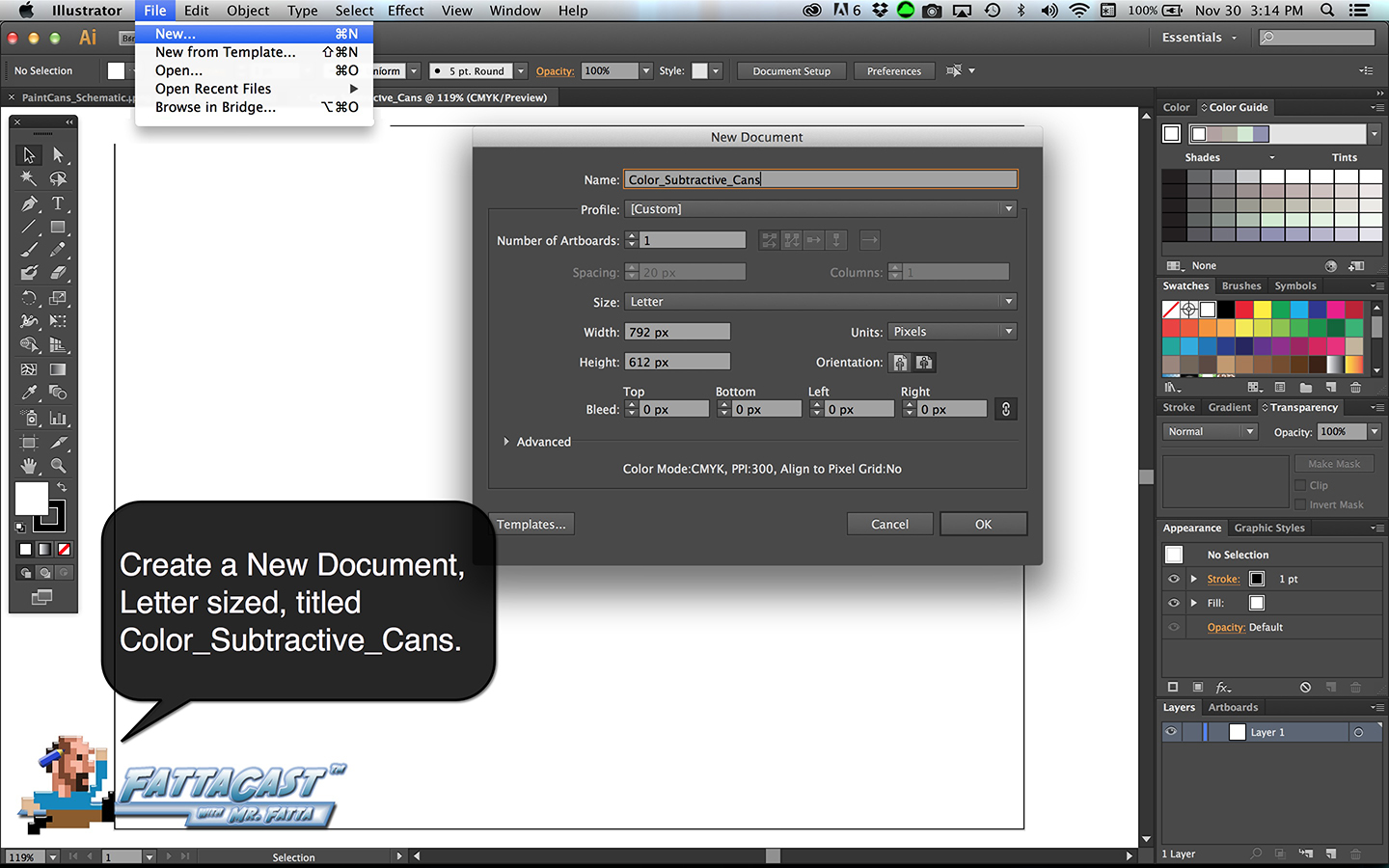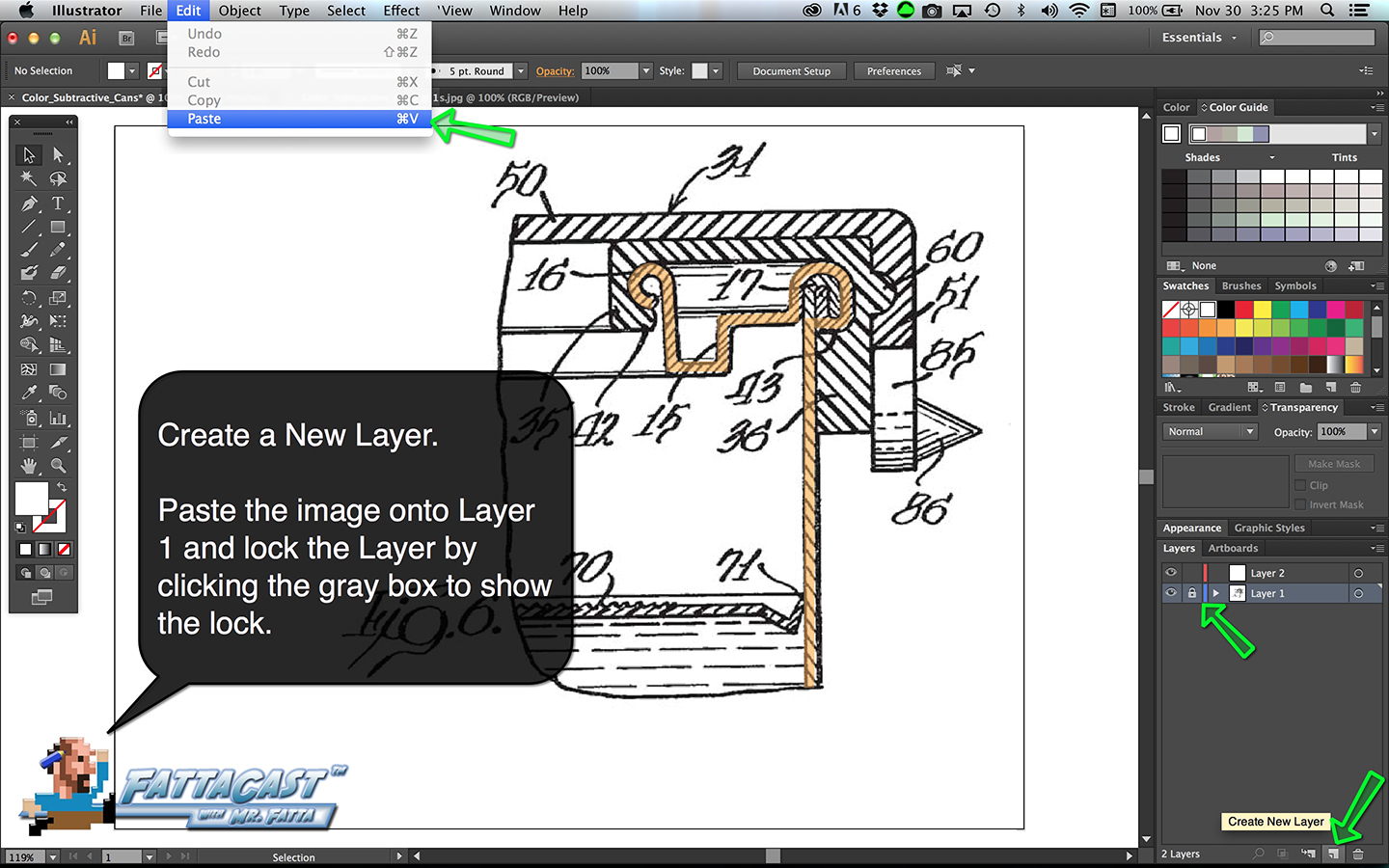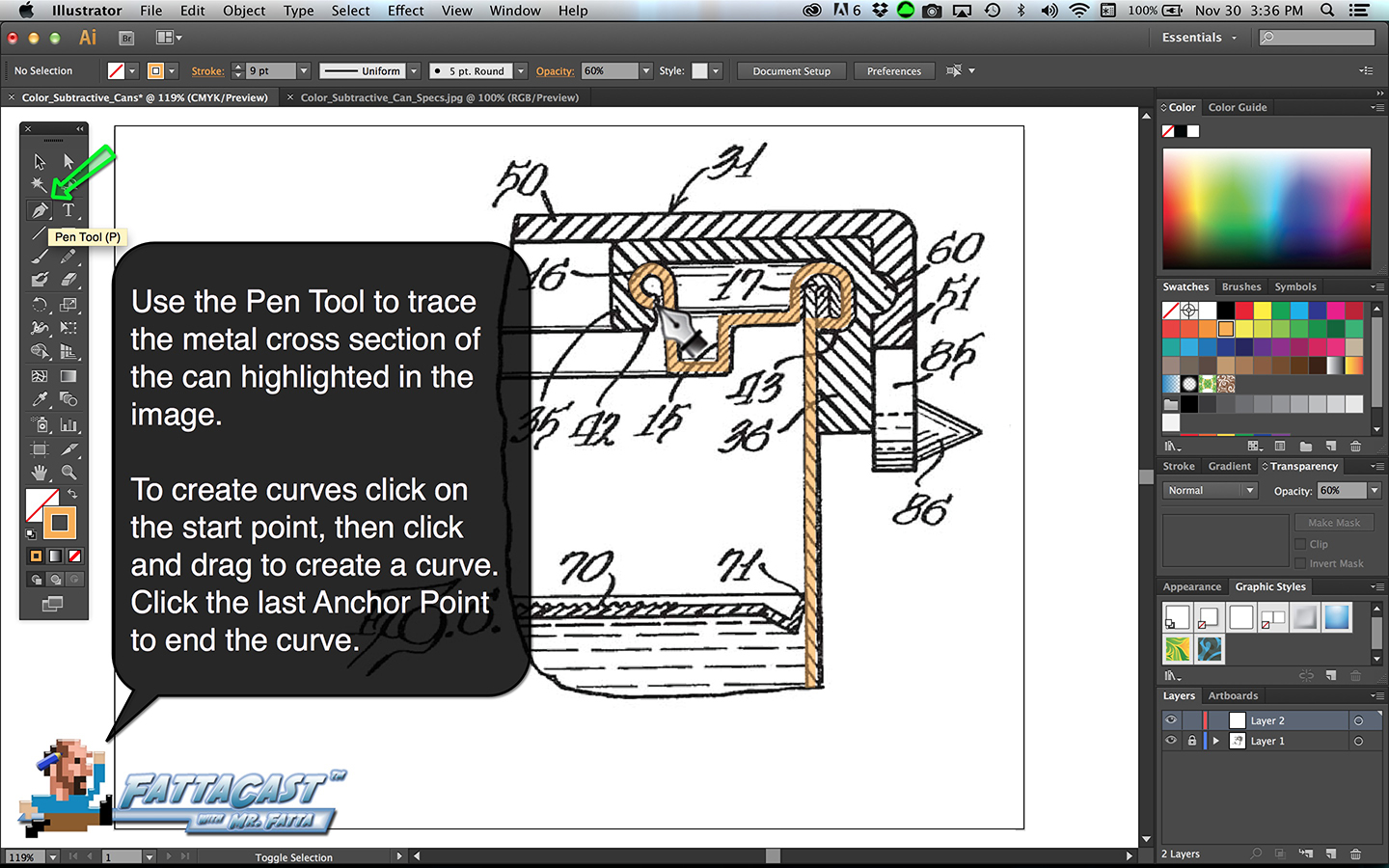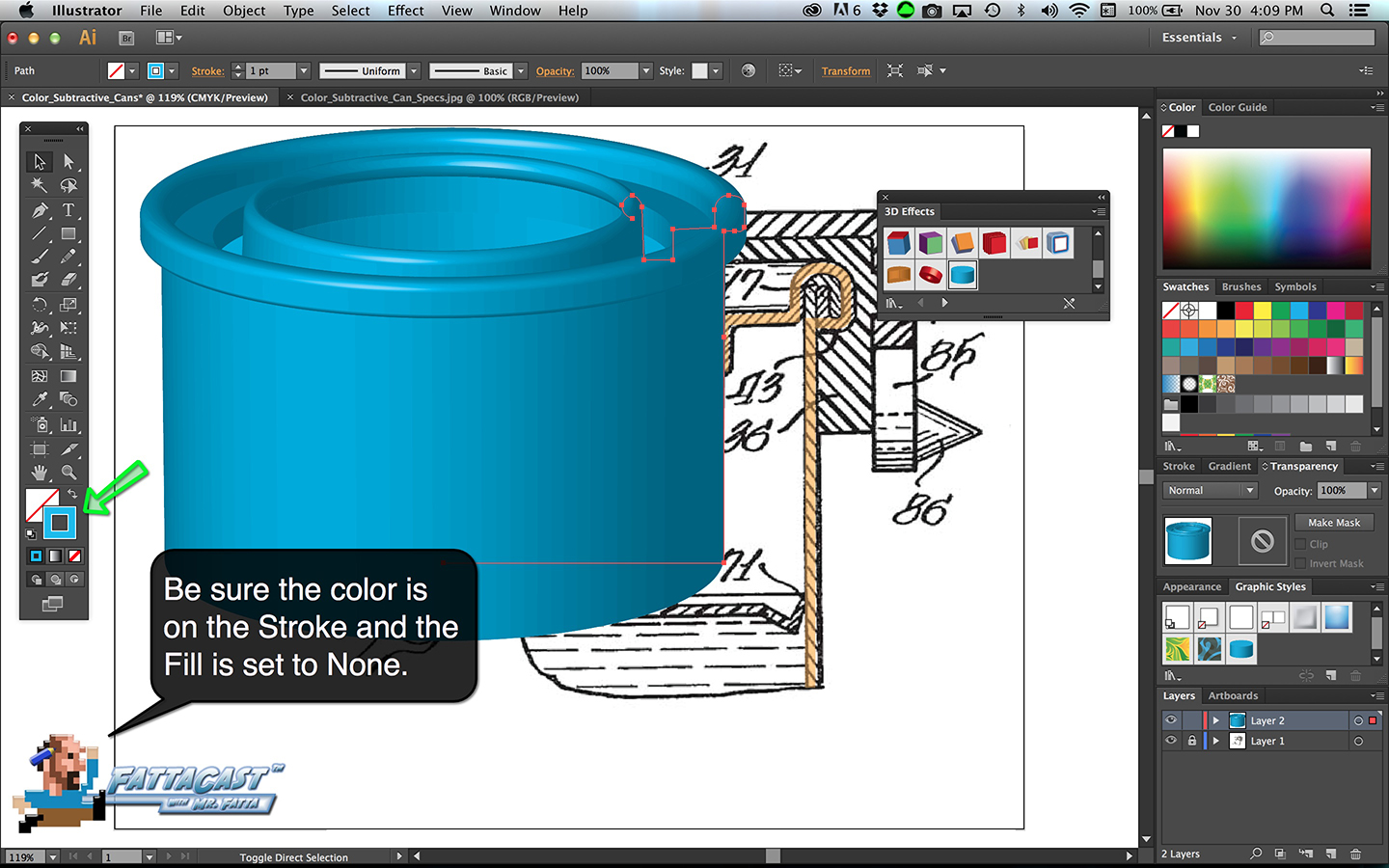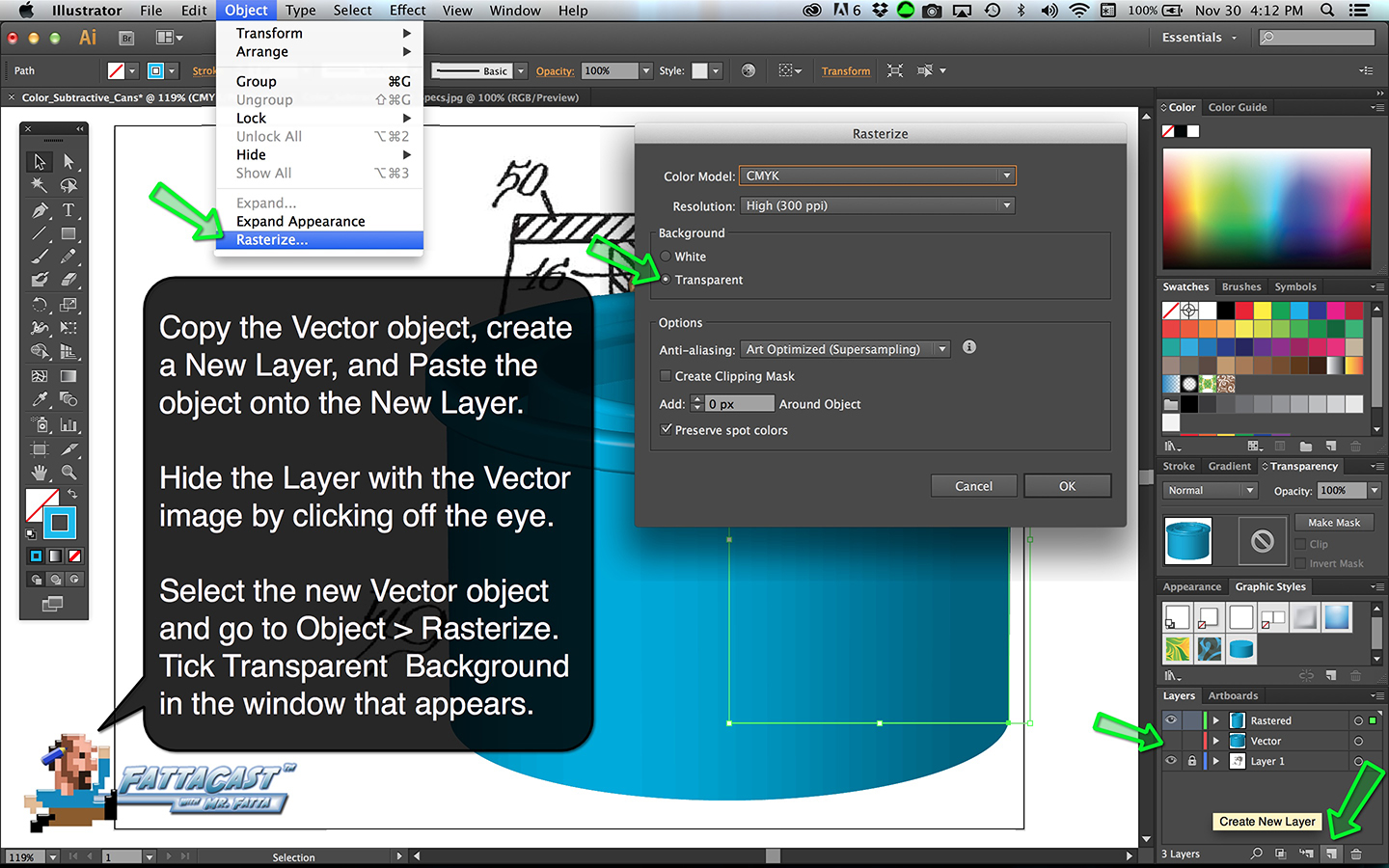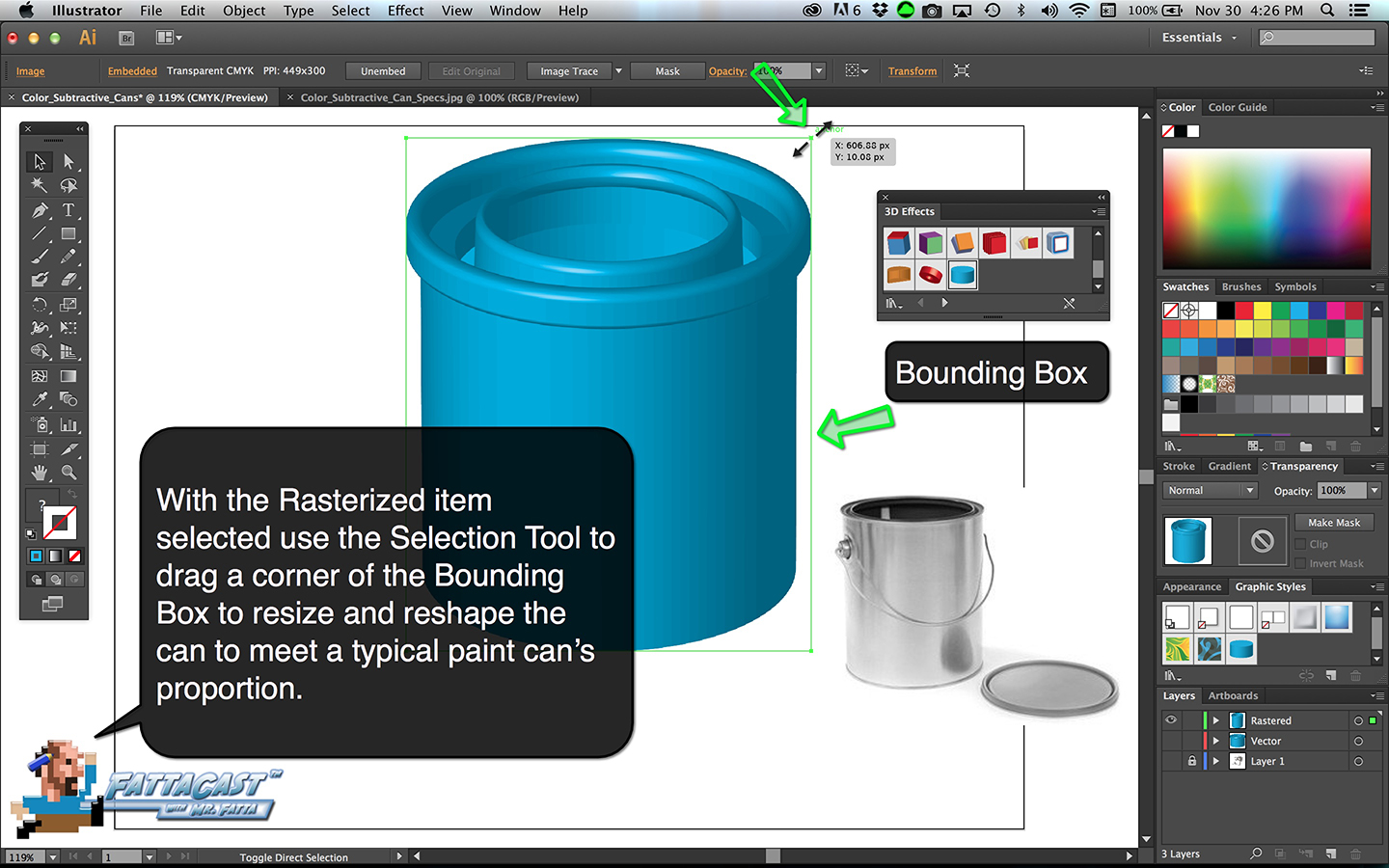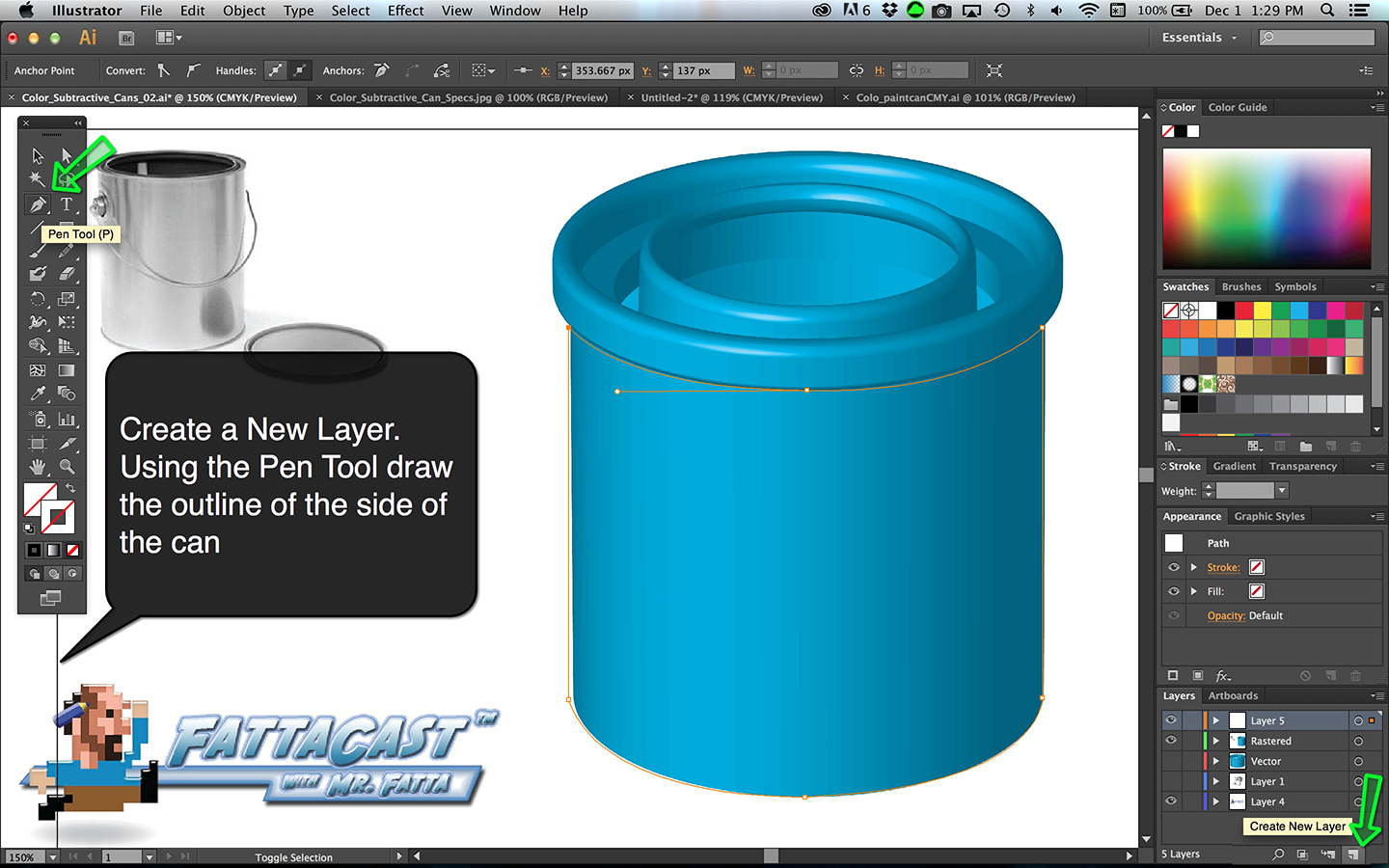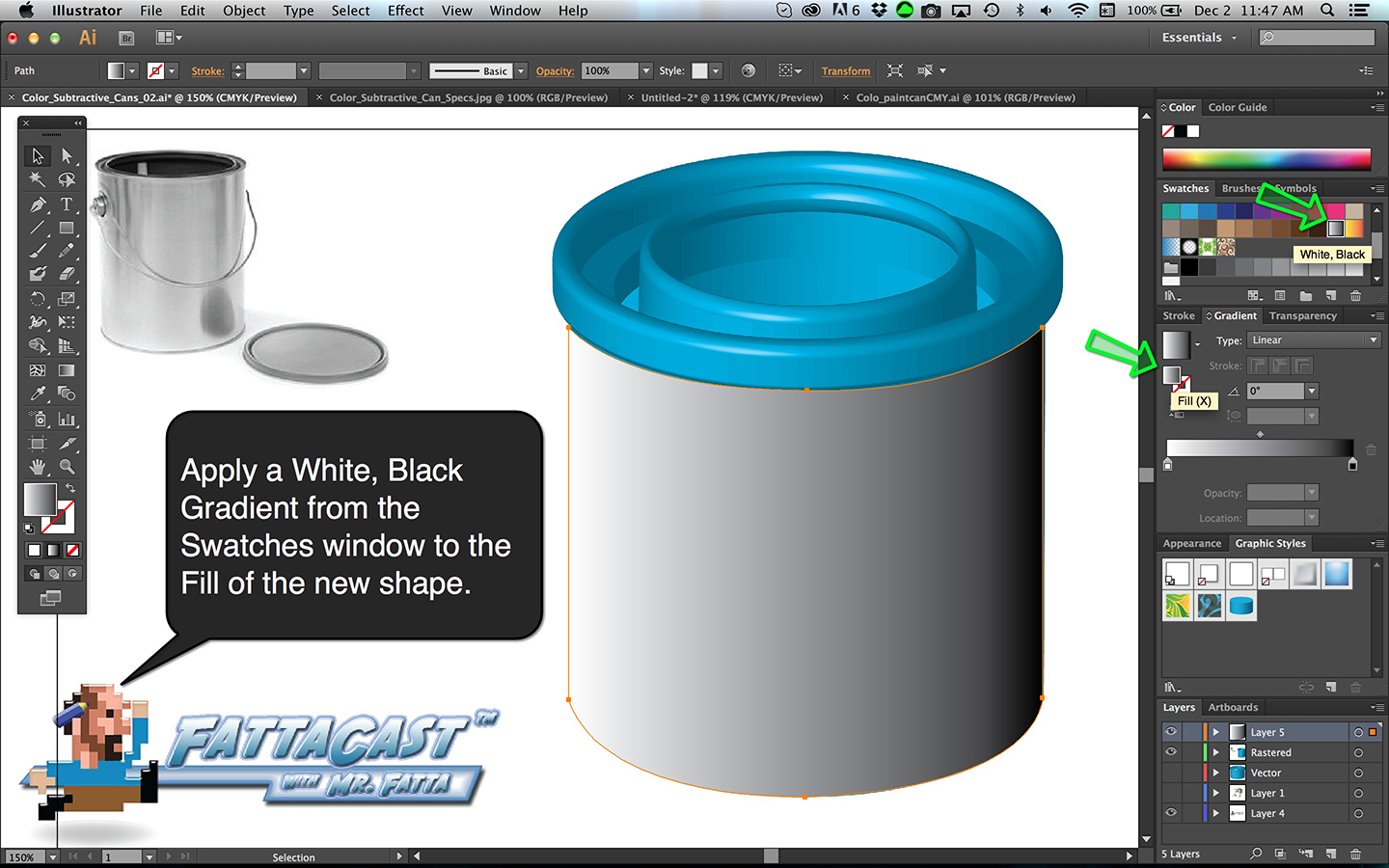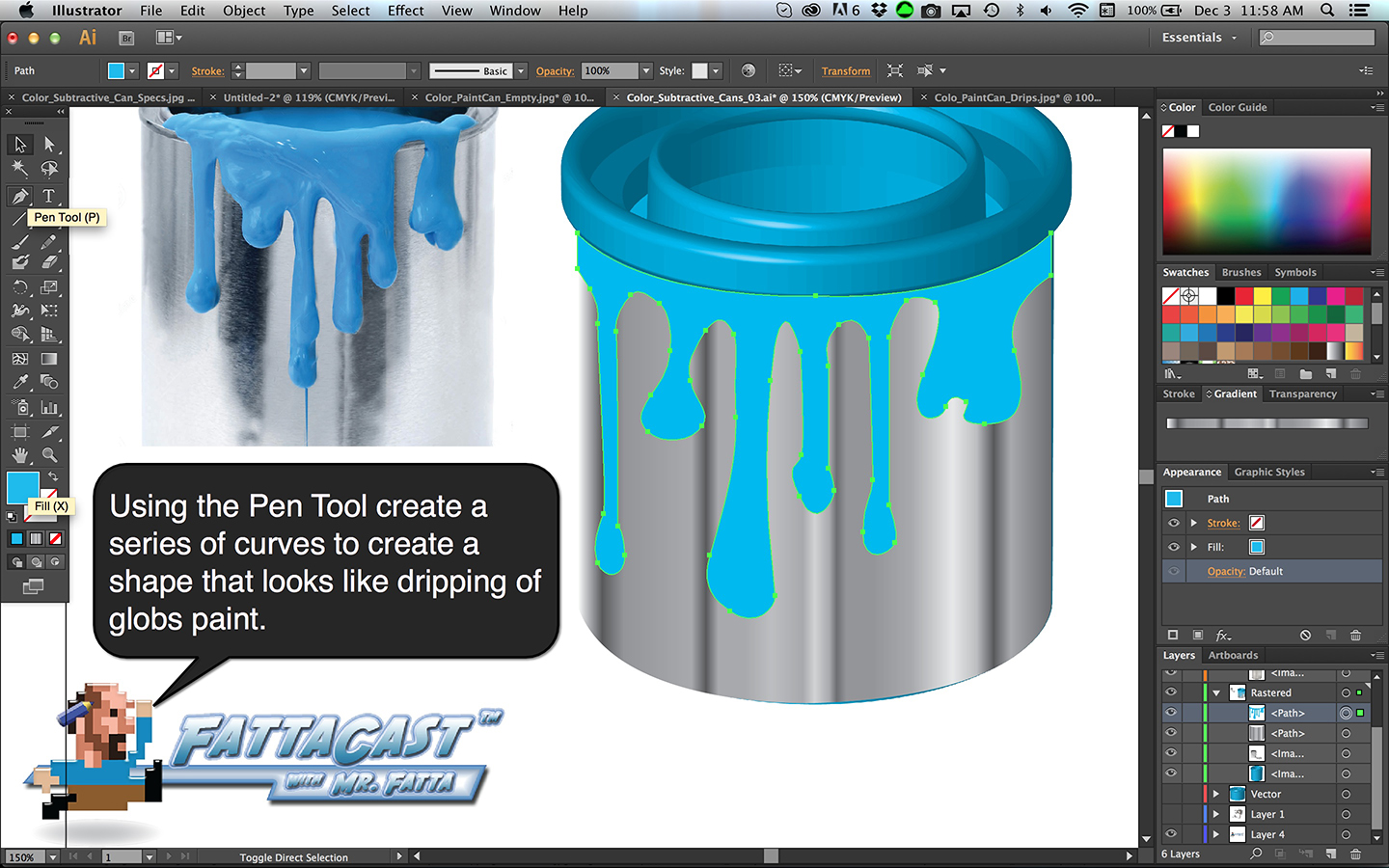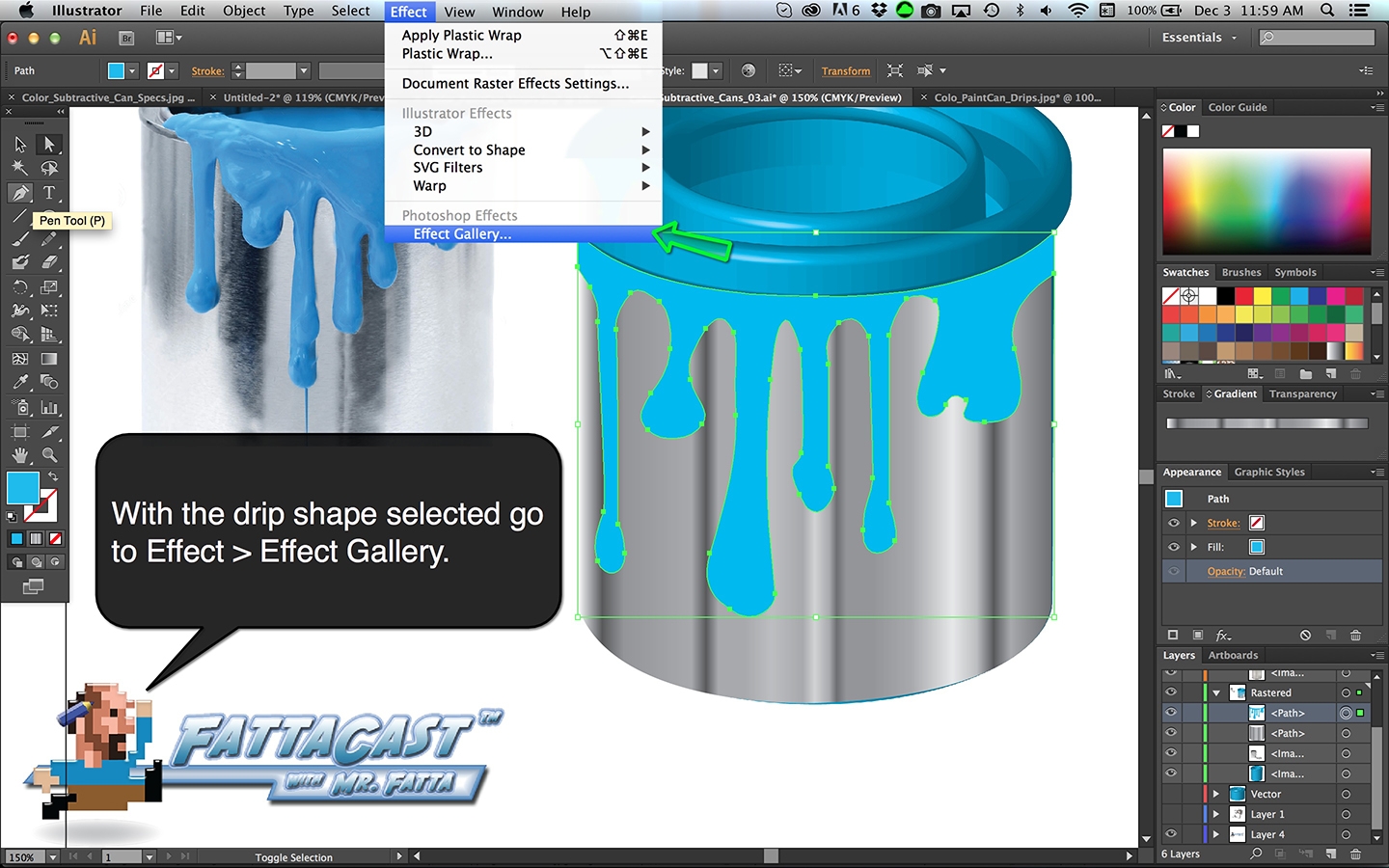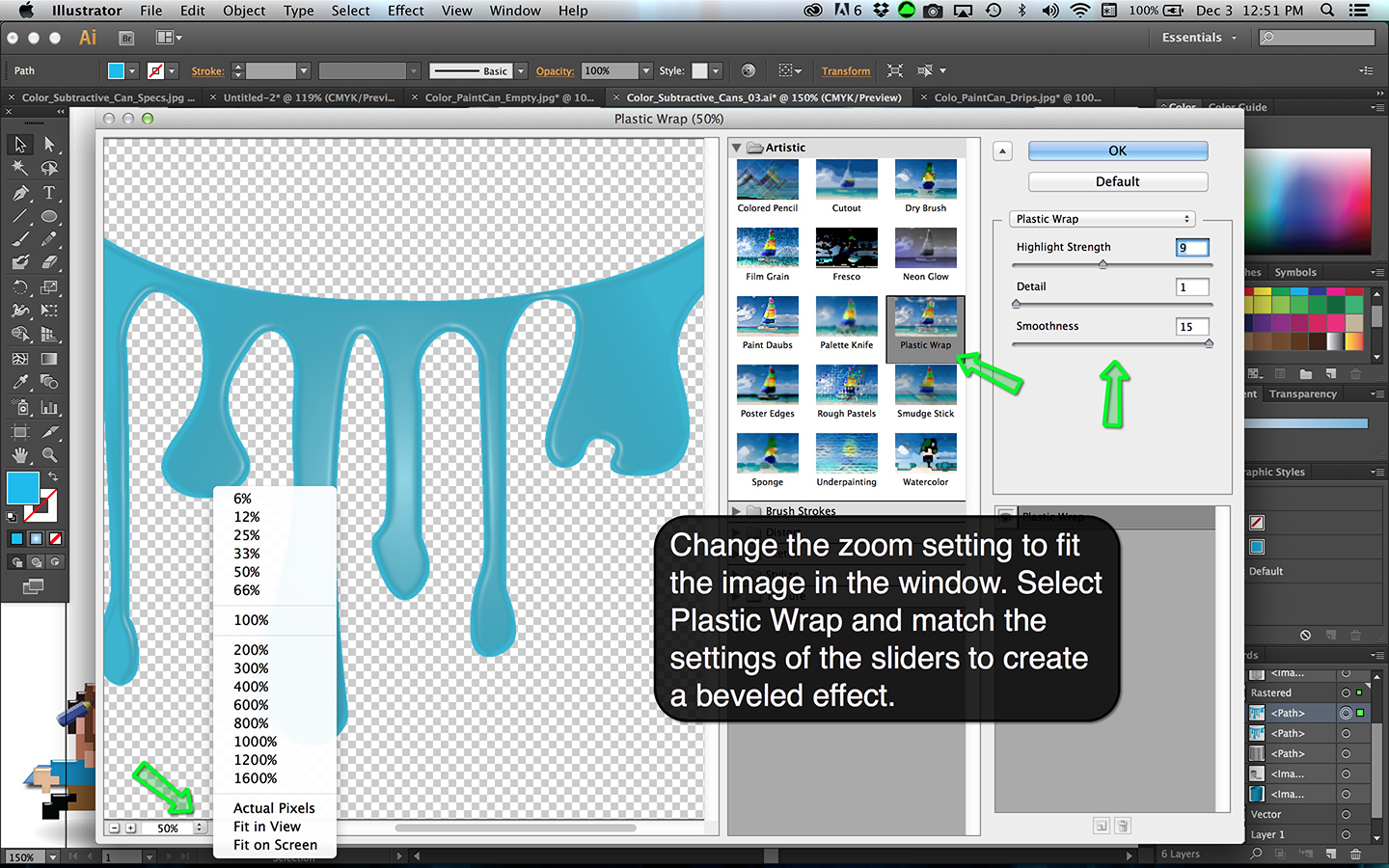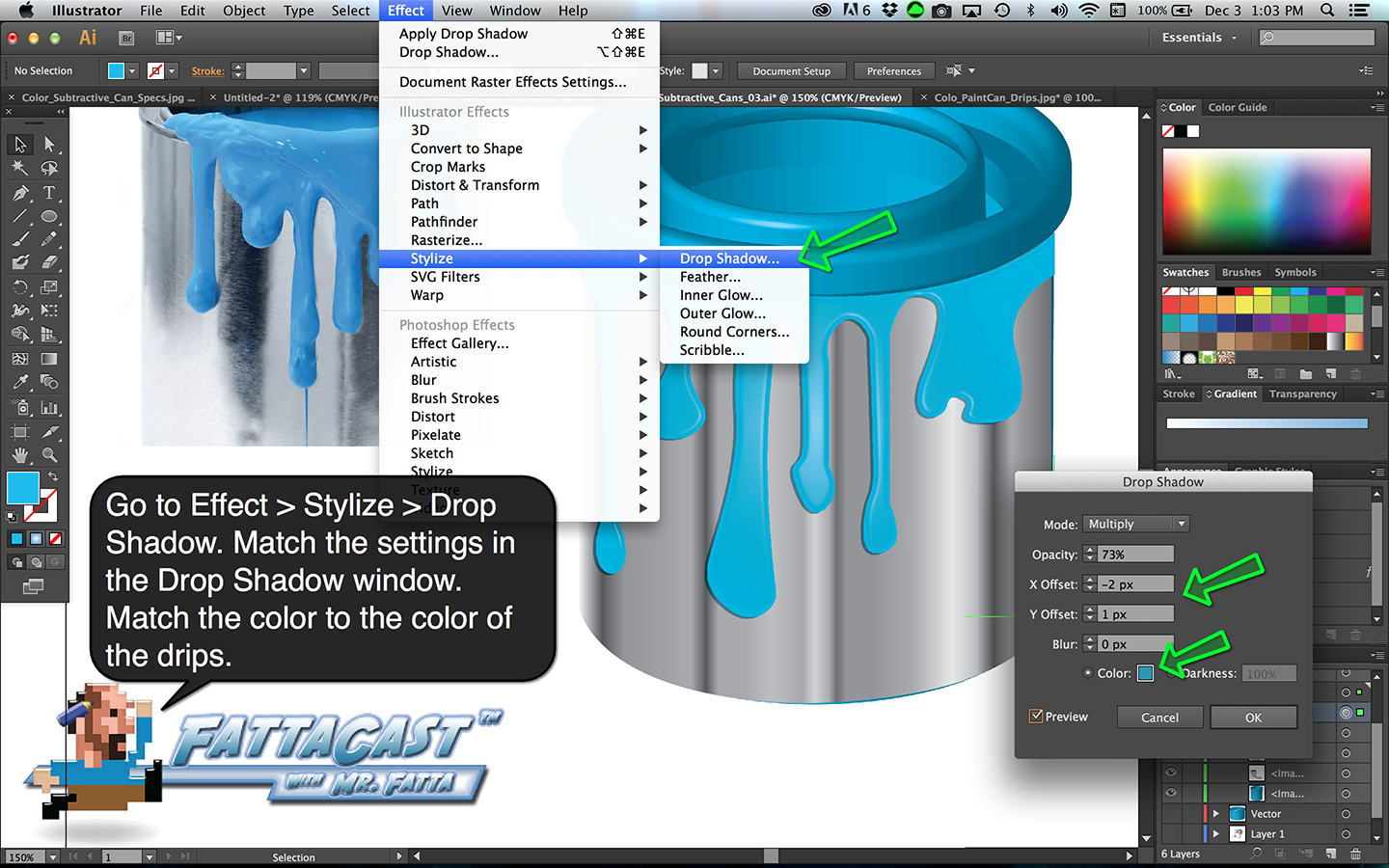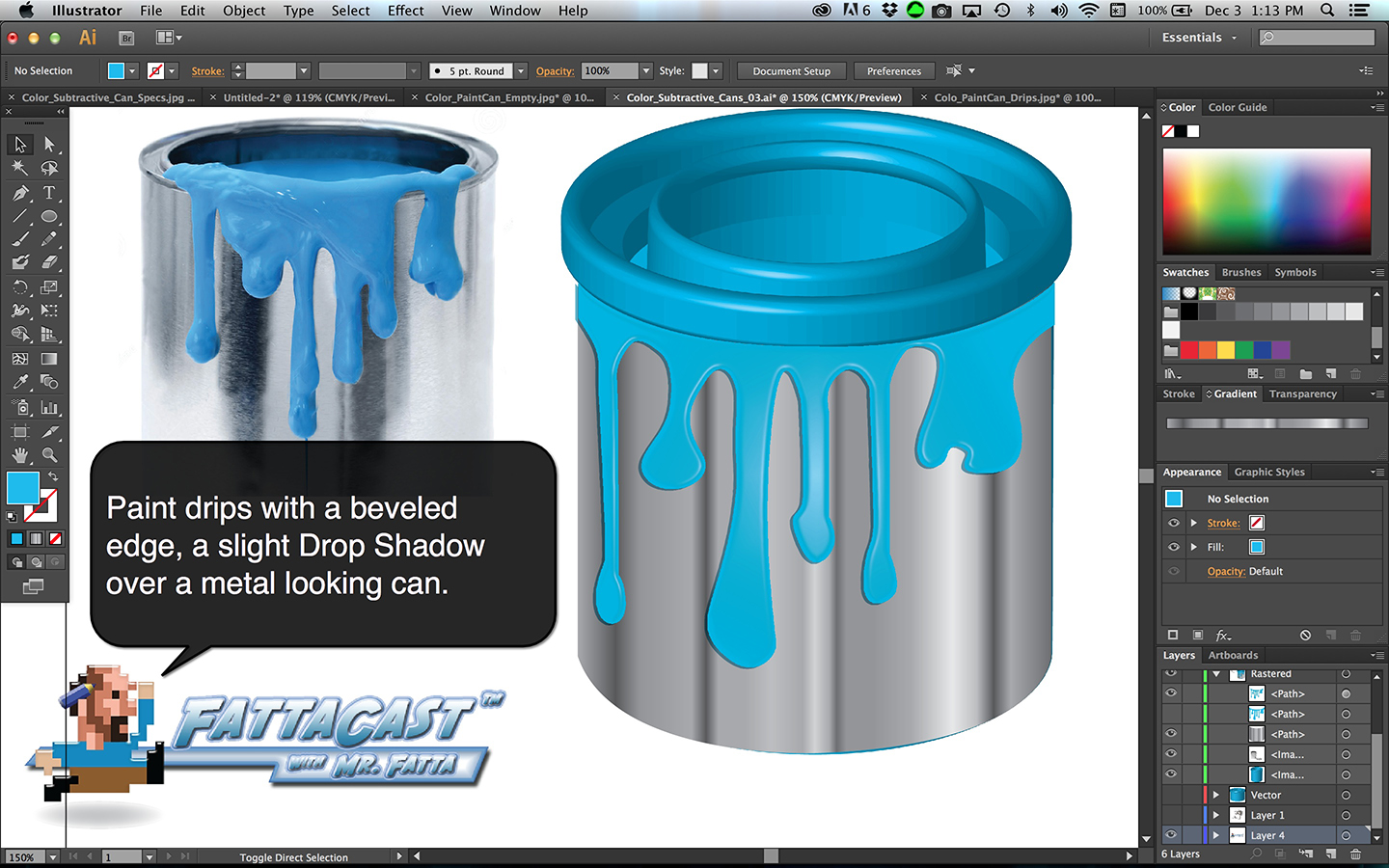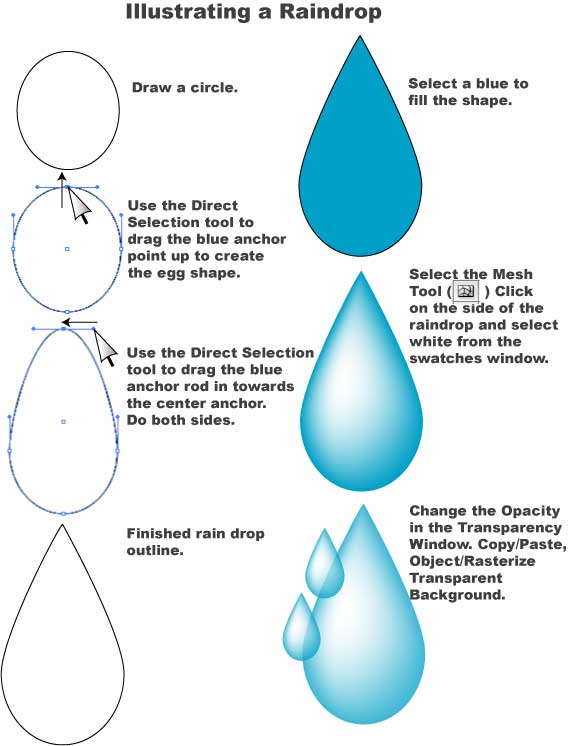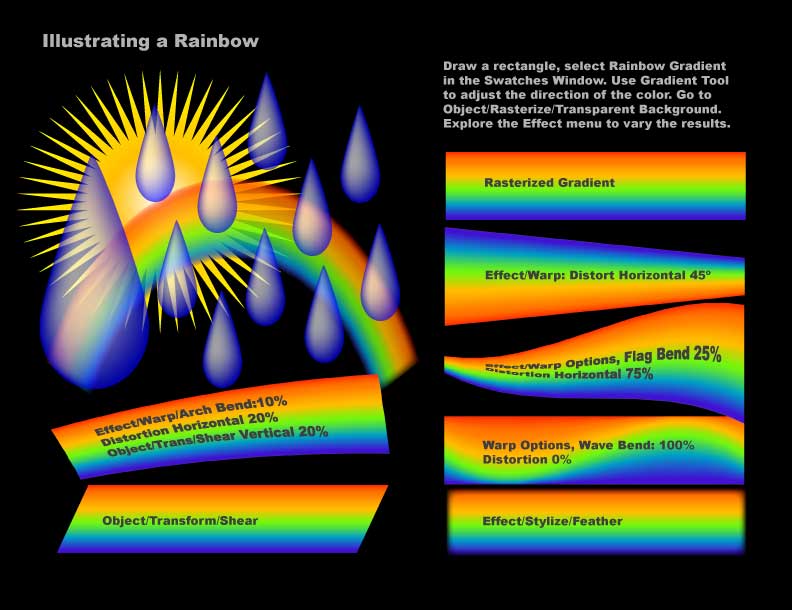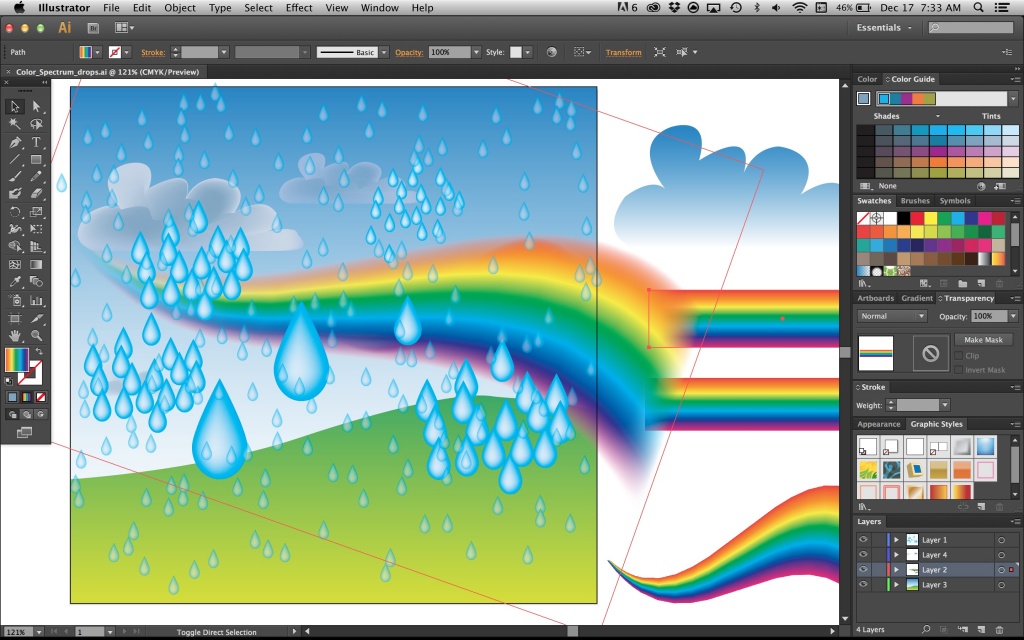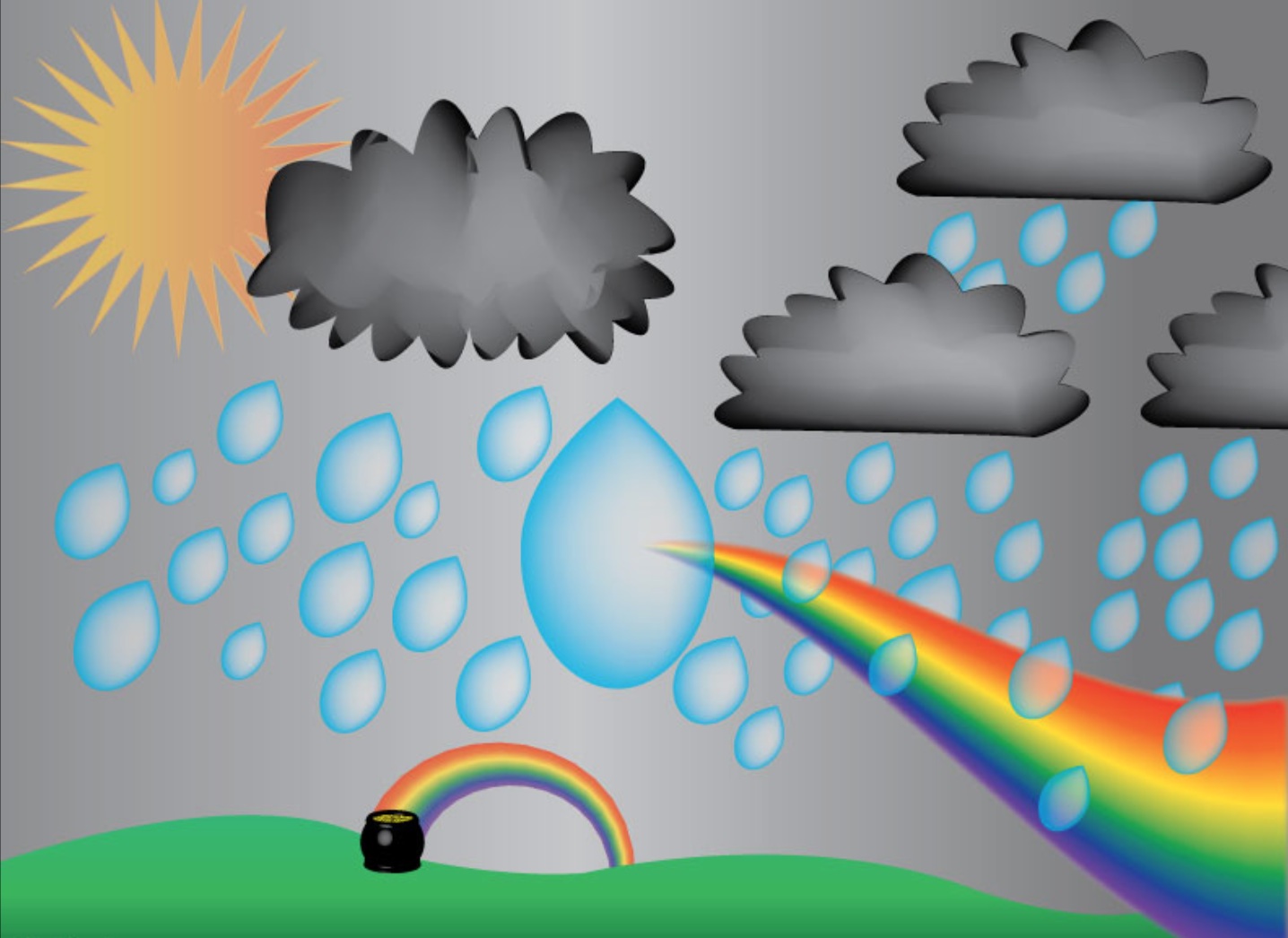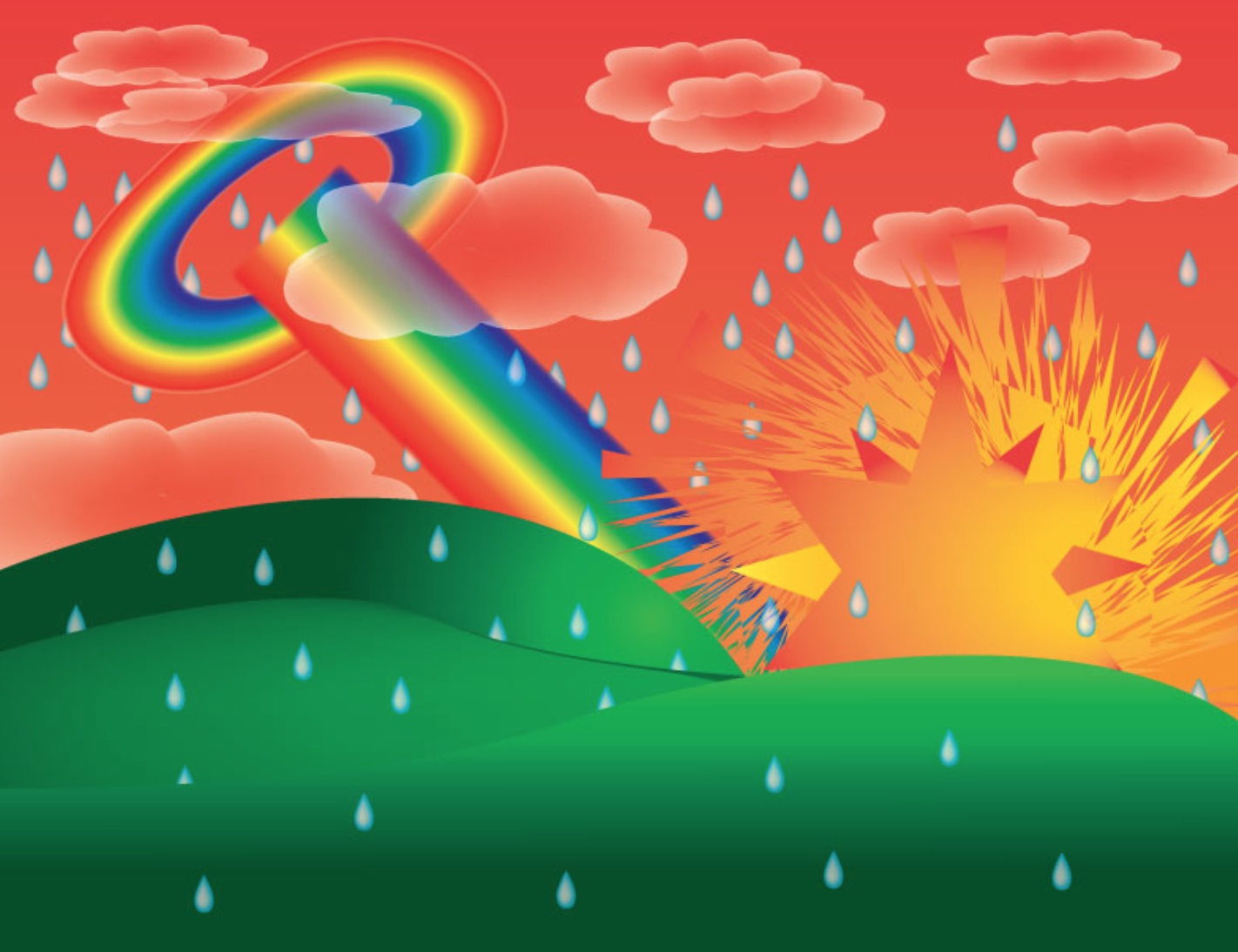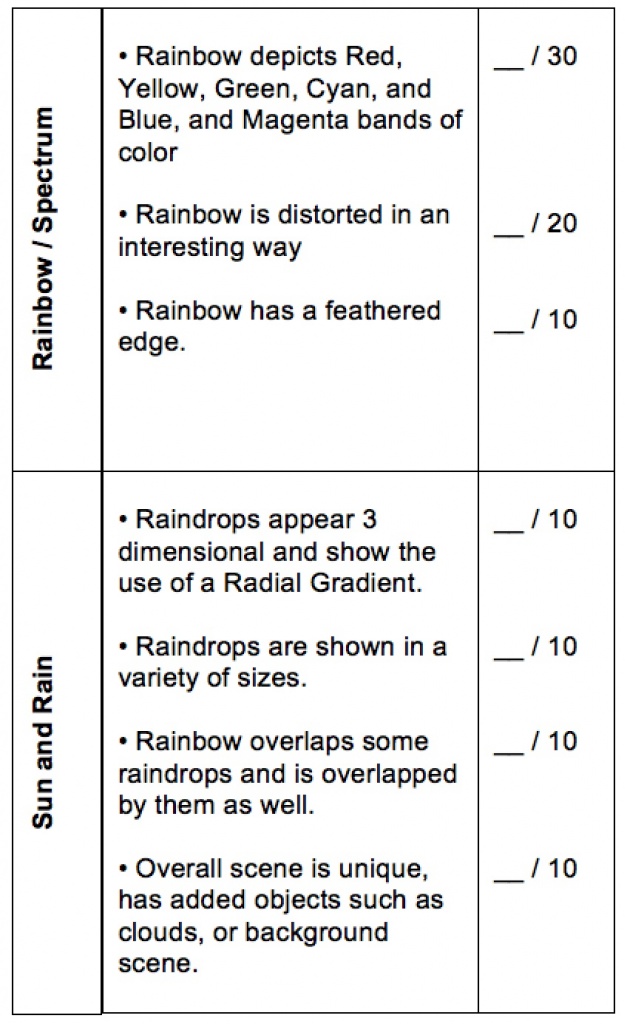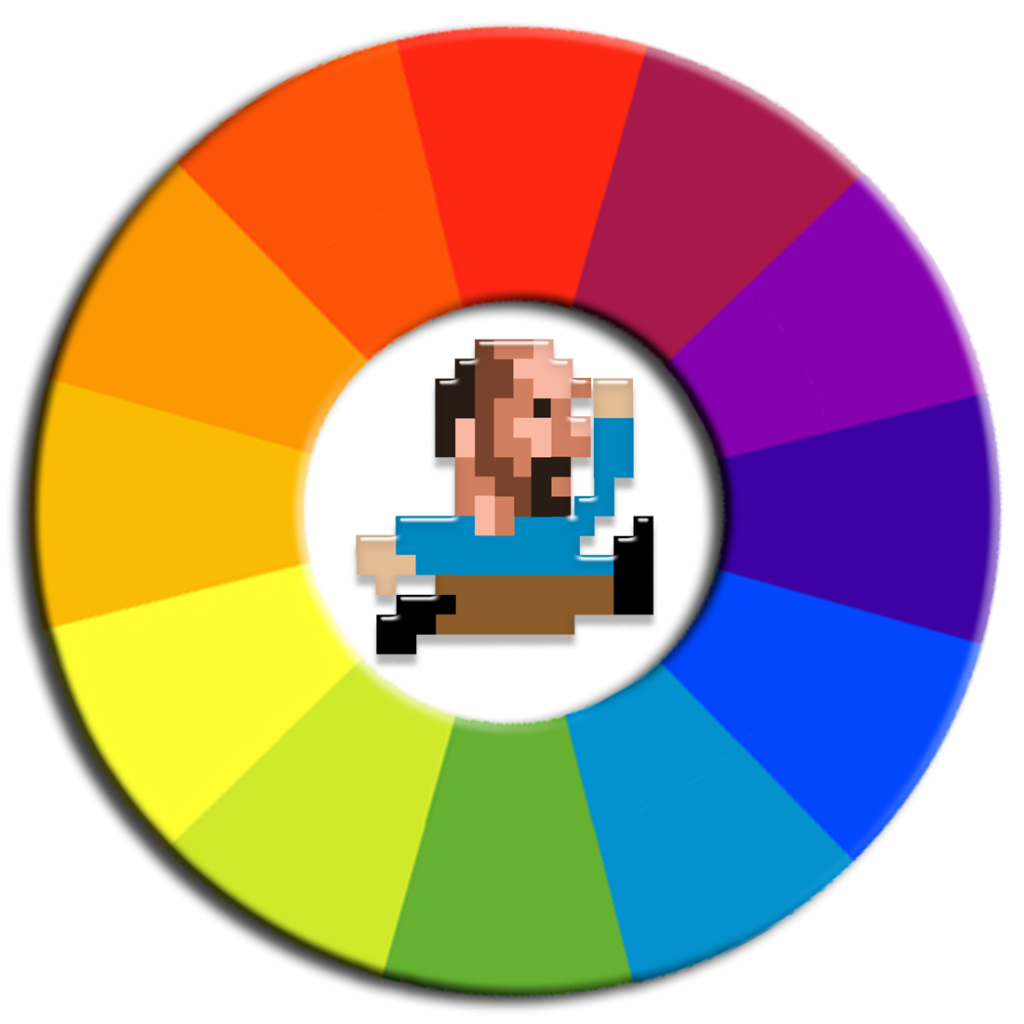Sir Isaac Newton was an English physicist. He’s considered the founding father of modern physics. He’s most widely known for uncovering the laws of gravity and motion. In 1666 he studied the properties of light, showing that a prism could separate white light into a spectrum of colors. In his experiments he proved that color was actually a particle of light that moves in waves from its source, the colors we see are the reflections of light that are not absorbed by an object.
The sun emits a multitude of rays that move in waves such as x-rays, gamma rays, and ultra-violet rays. Among these are waves of color called the visual spectrum, They are the only part of the spectrum that the human eye can see. Use the following resources to explore the properties of light and discover how color is evident in the different sources of light, how we see color, and how the light waves act in our environment.
![]() Using the spectral glasses provided, look at the different light sources in the room particularly ones that are far away from you. Move and tilt your head from side to side and observe the effects. Notice how you can move the colors and overlap them to create other colors. What colors can you mix, and what colors merge to create those colors? Most importantly, which of the colors are most intense? Which of the colors are you not able to mix?
Using the spectral glasses provided, look at the different light sources in the room particularly ones that are far away from you. Move and tilt your head from side to side and observe the effects. Notice how you can move the colors and overlap them to create other colors. What colors can you mix, and what colors merge to create those colors? Most importantly, which of the colors are most intense? Which of the colors are you not able to mix?
Questions to Consider
With a fellow classmate, use the Color Vision Link below and the following images to answer the questions below.
– I can Identify the primary colors of light by analyzing light using spectrum glasses to and identifying the colors evident and determining how they are mixing together.
What are primary colors, what do we already know about primary colors?
Which colors of light mix to create white, how can we verify that assumption?
Why do we see the color black? Why does that happen?
Looking at the two cars below which car would be hotter in the sun? Can you explain why?
Why would that happen, what evidence do you have to support what you are saying?
What would happen if a plant was kept under a green light, why would that happen?
What is the point of asking that question?
Additive Color System, RGB: The system of color that uses red, green, and blue primary colors of light. They are the actual light waves that travel from their source, namely the sun, adding color to the environment, hence, additive light; without light there is no color. Electronic devise such as TVs and computer monitors use additive color.
We perceive color through a system of absorption and reflection. Here, the red ball is absorbing green and blue while reflecting red. These red light waves travel into the eye activation red cones within, and we see red.
Looking at the two cars below which car would be hotter in the sun? Can you explain why?
How does the color of an object effect how much light and energy it absorbs?
What is the point of asking that question?
What three things does a plant need to survive, what do we already know this?
What would happen if a plant was kept under only green light, why would that happen?
Tutorial | Creating the Bulb
.
Tutorial | Creating the Bulb’s Base
.
Tutorial |Creating the Lighted Background
.
The Finished Image
Vocabulary Terms
Color, the quality of an object, what you see, when light is reflected off of it.
Additive Color System, Red, Green, & Blue light waves are the source of all the colors we see, the Sun, a lamp, T.V., computer monitors, stage lights and laser.
Prism, a solid triangular piece of glass used to view the colors of the spectrum.
Spectrum, the band of colors as seen in a rainbow produced by the separation of light.
Primary colors, colors that create all other colors.
Absorption, light that soaks into a surface, opposite of reflection.
Reflection, when colored light bounces off an object and goes into your eye.
White light, the result of mixing red green and blue light together. all colors
Article | This Is Color
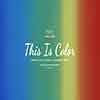 Explore interesting facts about color you didn’t know in
Explore interesting facts about color you didn’t know in
this animated article about color from National Public Radio.
Assessments and Resources
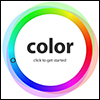 Explore the concepts of light and color through this interactive color game.
Explore the concepts of light and color through this interactive color game.
Match colors to as you try to beat the clock.
After reviewing the concepts of light and color and completing the projects.
Assess your understanding of the concepts by taking a short quiz about light and color.
Rubric | Additive Colored Bulbs
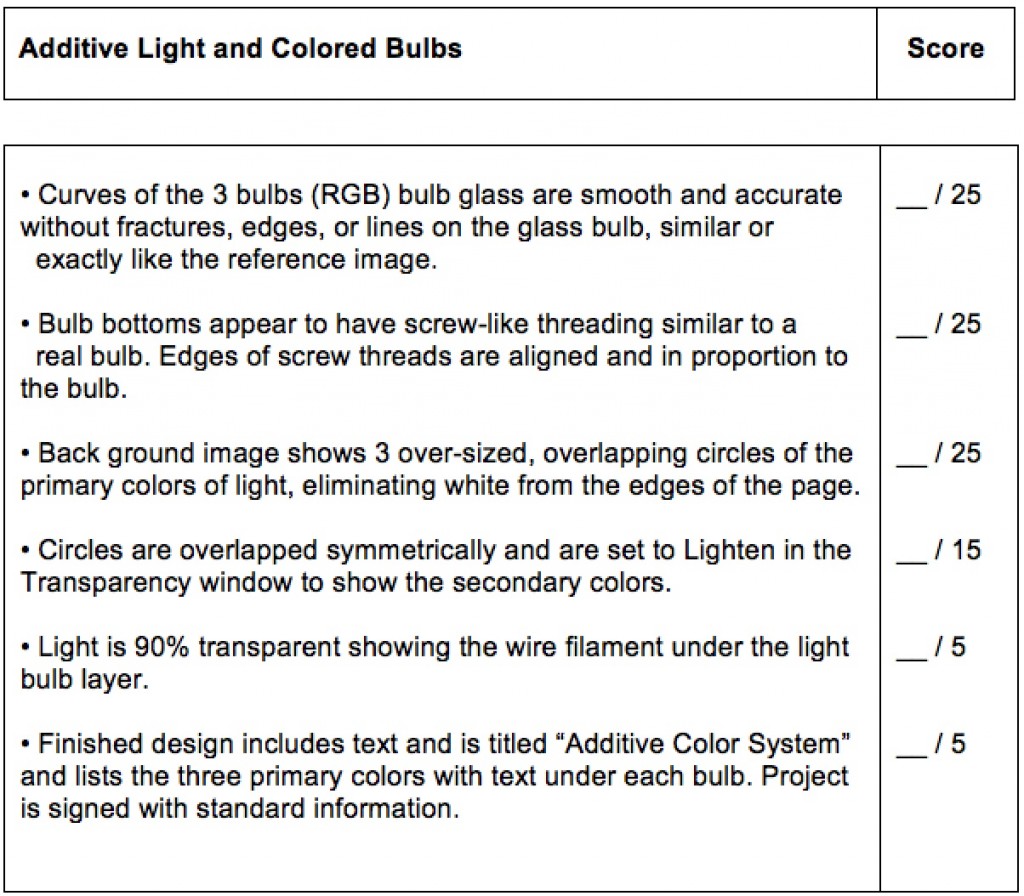
Subtractive Color System
Subtractive Color System, CMYK: The system of color that uses pigments, natural materials from plants and animals, to make dyes and paints. Cyan, magenta, and yellow are primary colors of pigments. Along with black these pigments reflect, or subtract, the colors that we see on an object. The subtractive color system is used in printed materials, paints, and textiles.
Save the image of the paint can’s specifications below to draw the metal cross section of the can. Use the tutorial that follows to create a 3 dimensional rendering of the can.
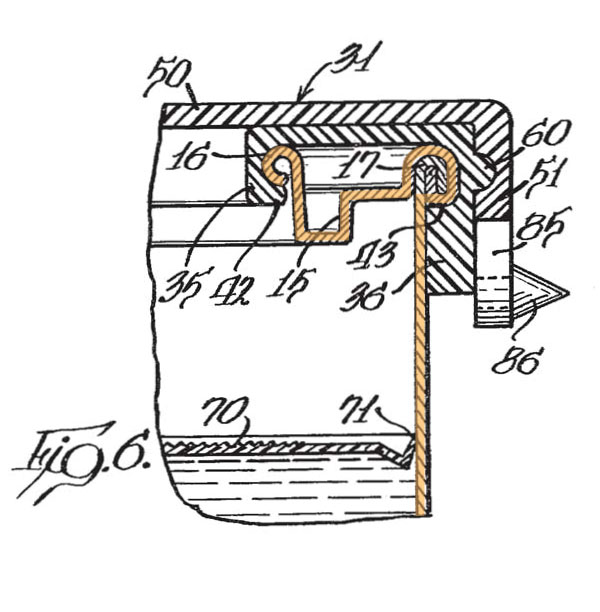
Tutorial | Subtractive Color Paint Can
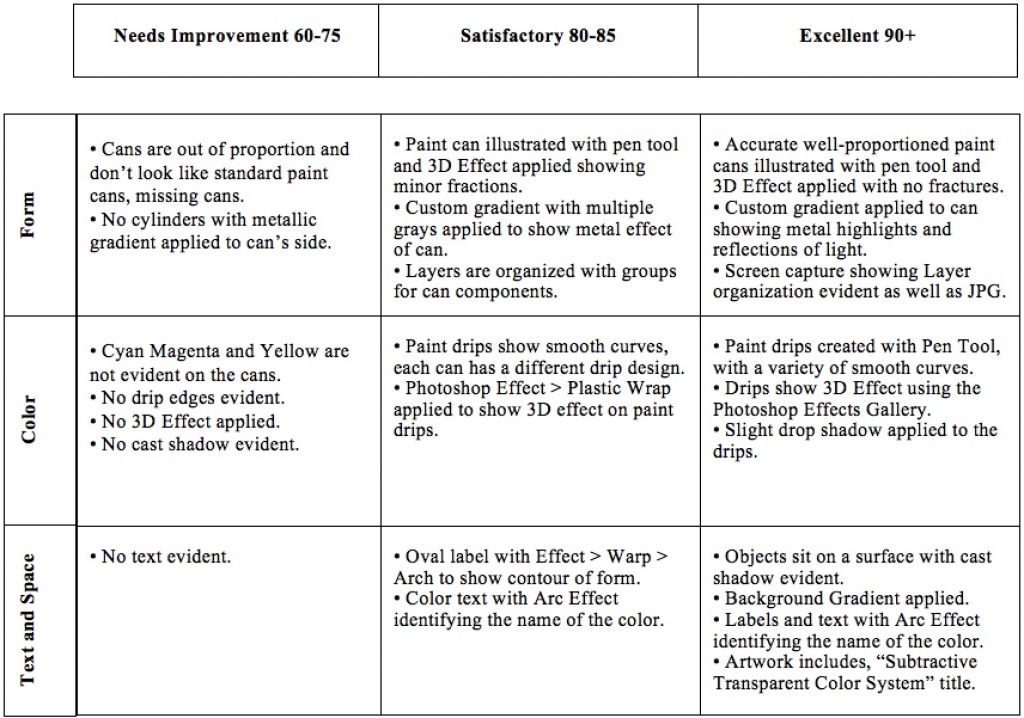
Create a composition using the following components
